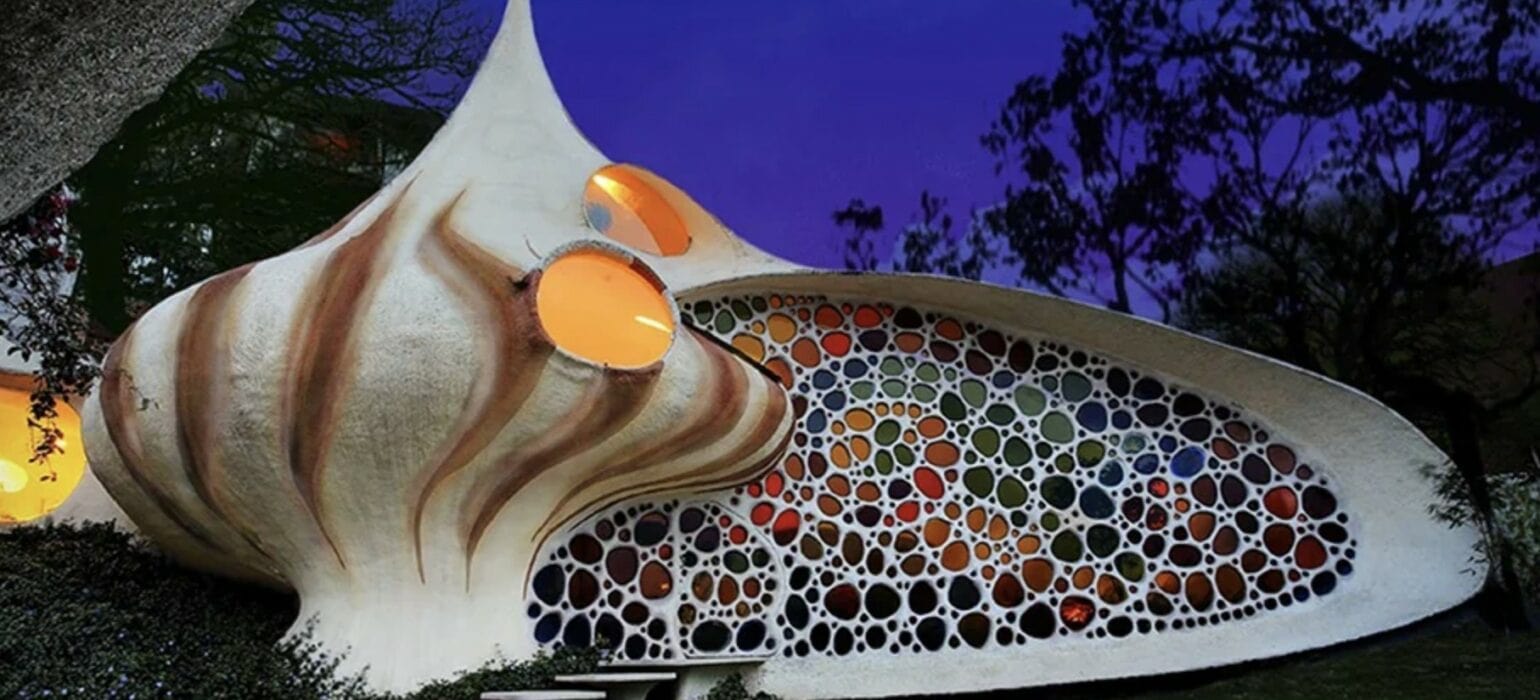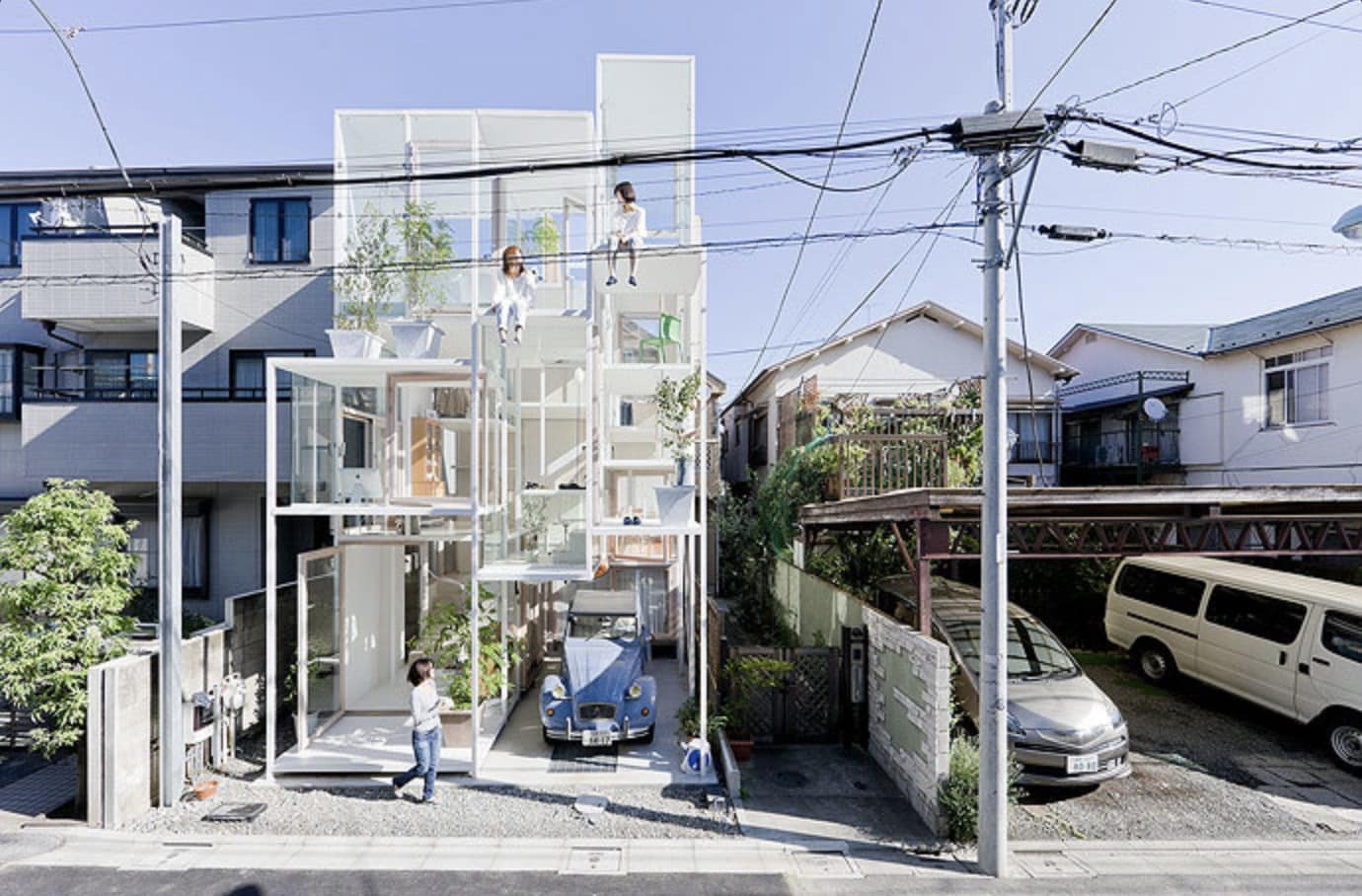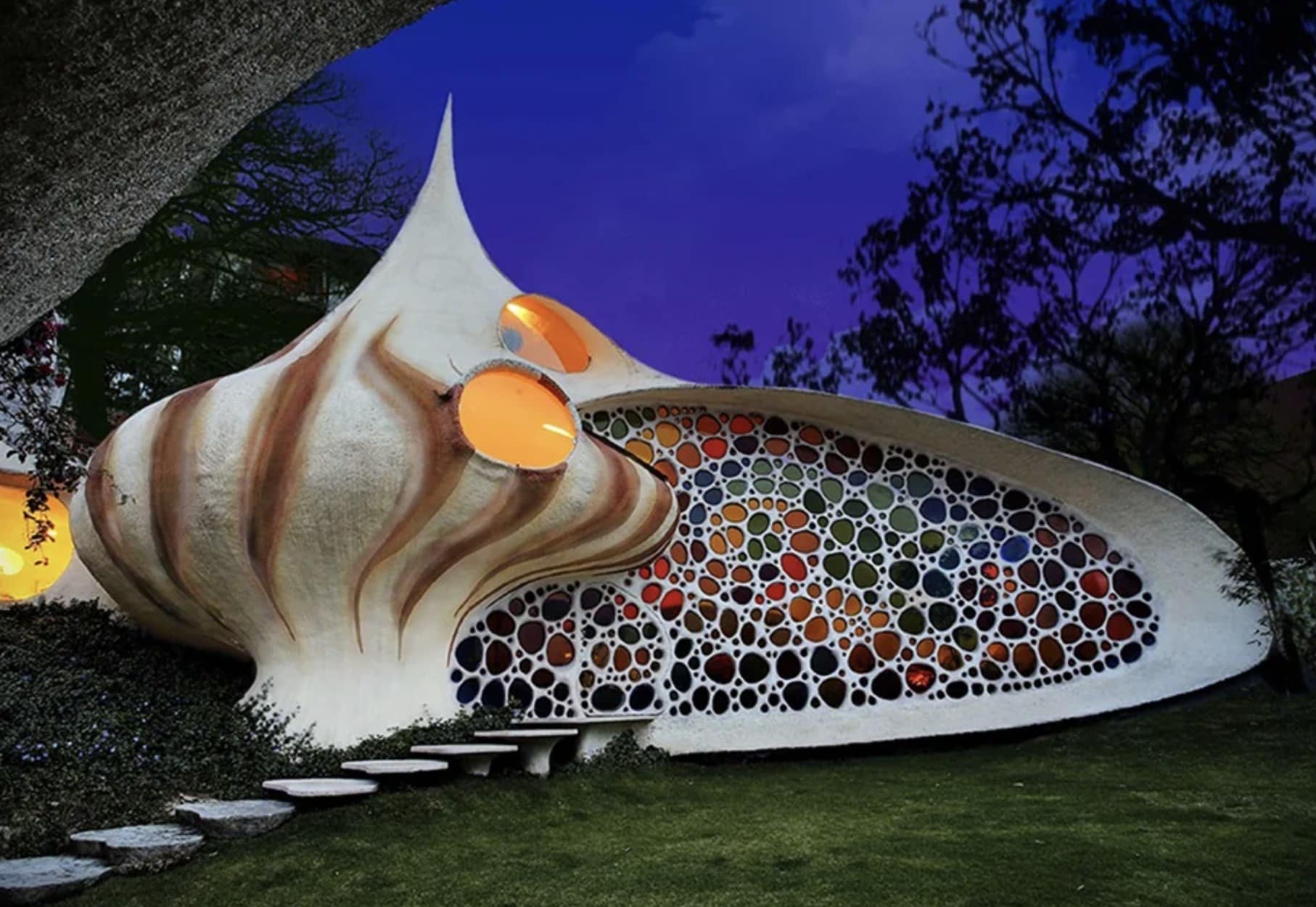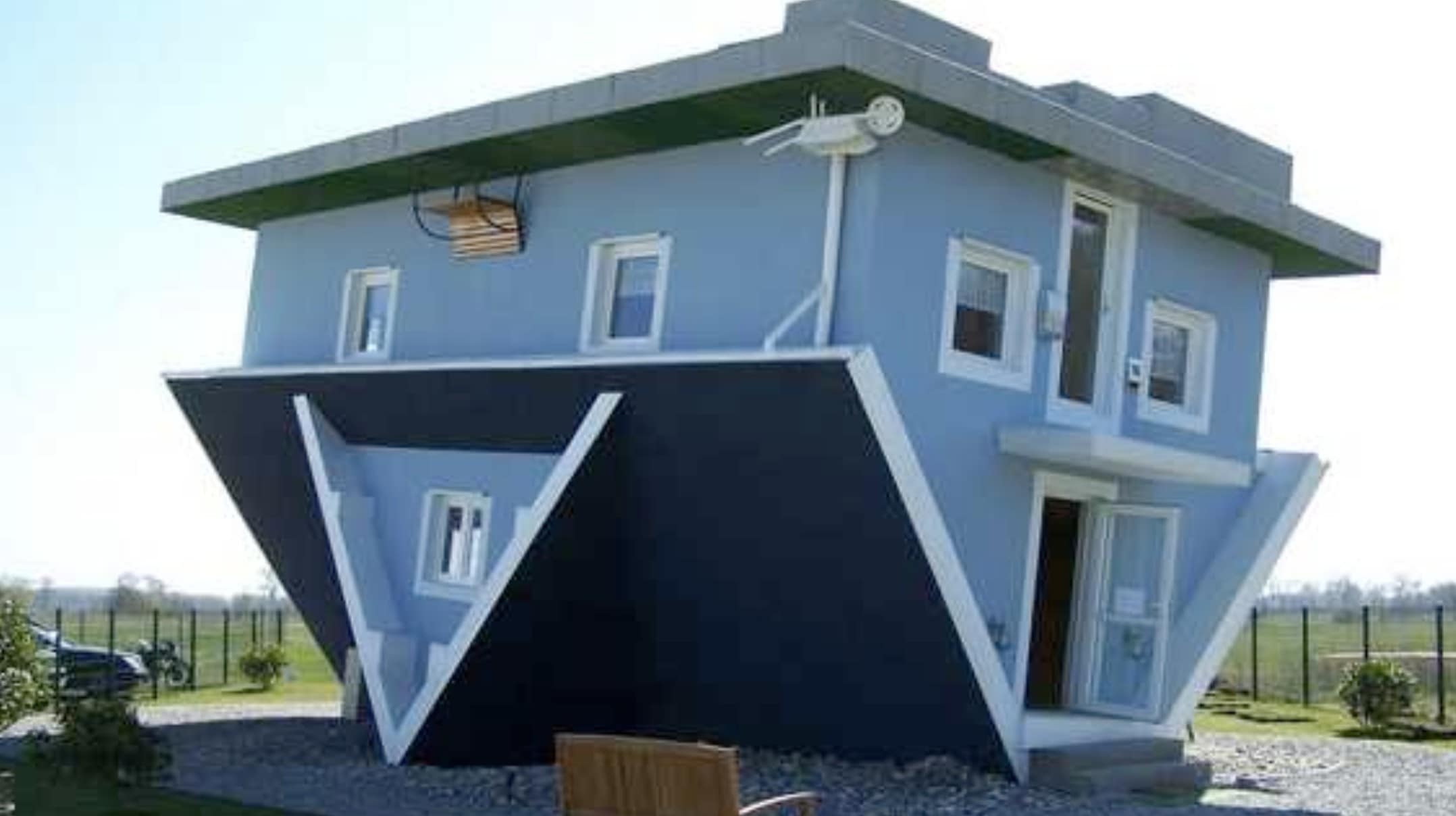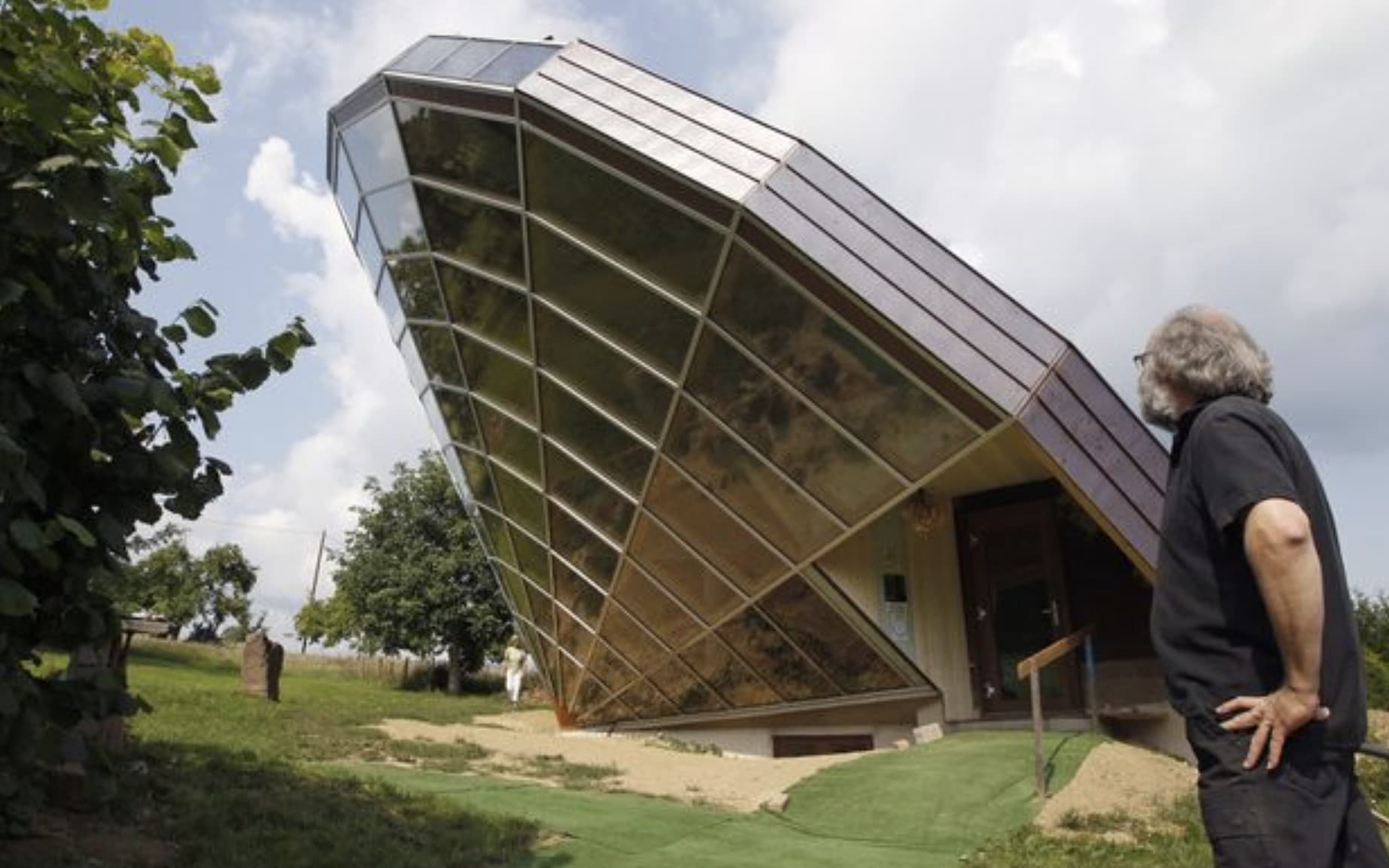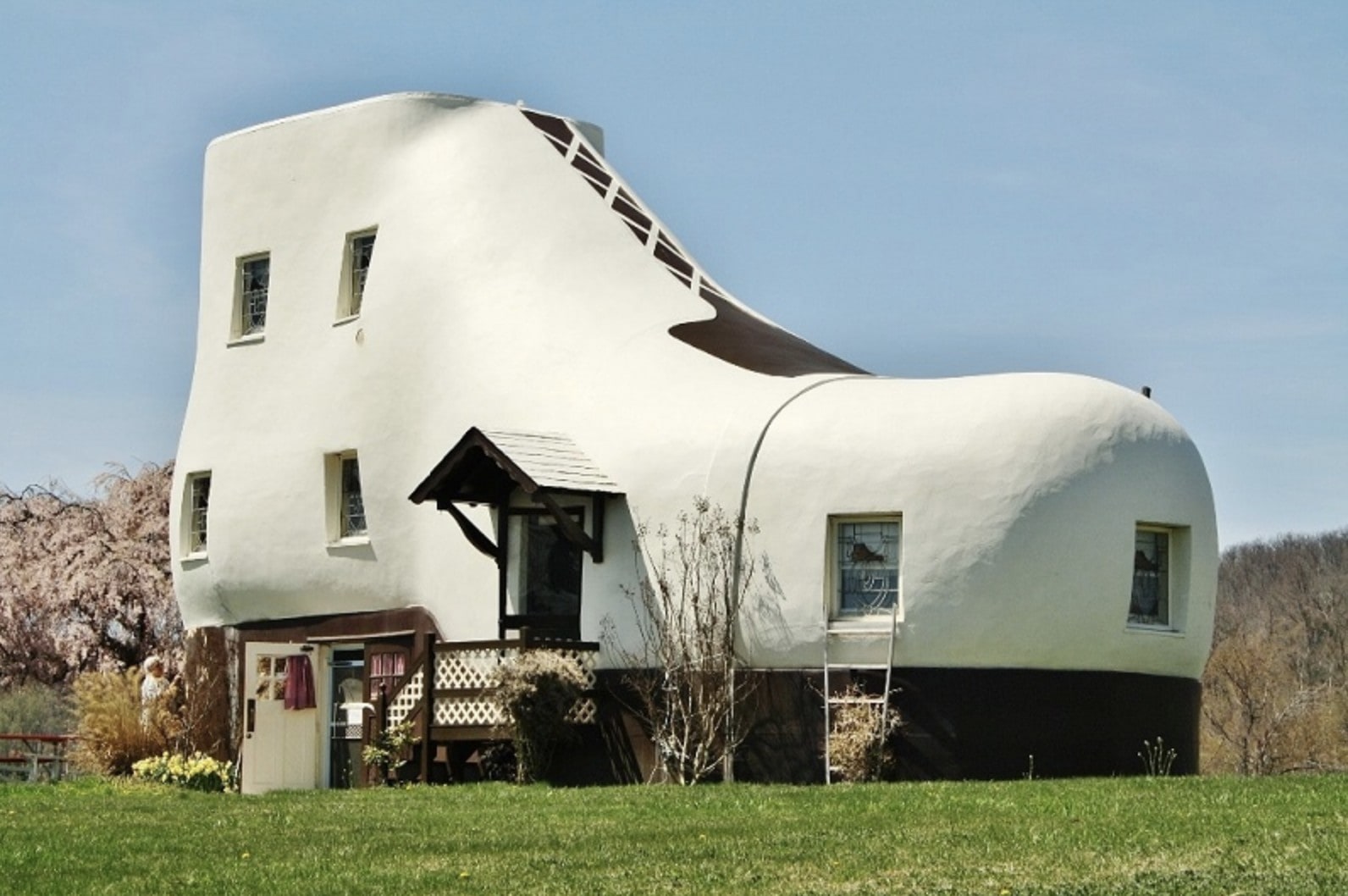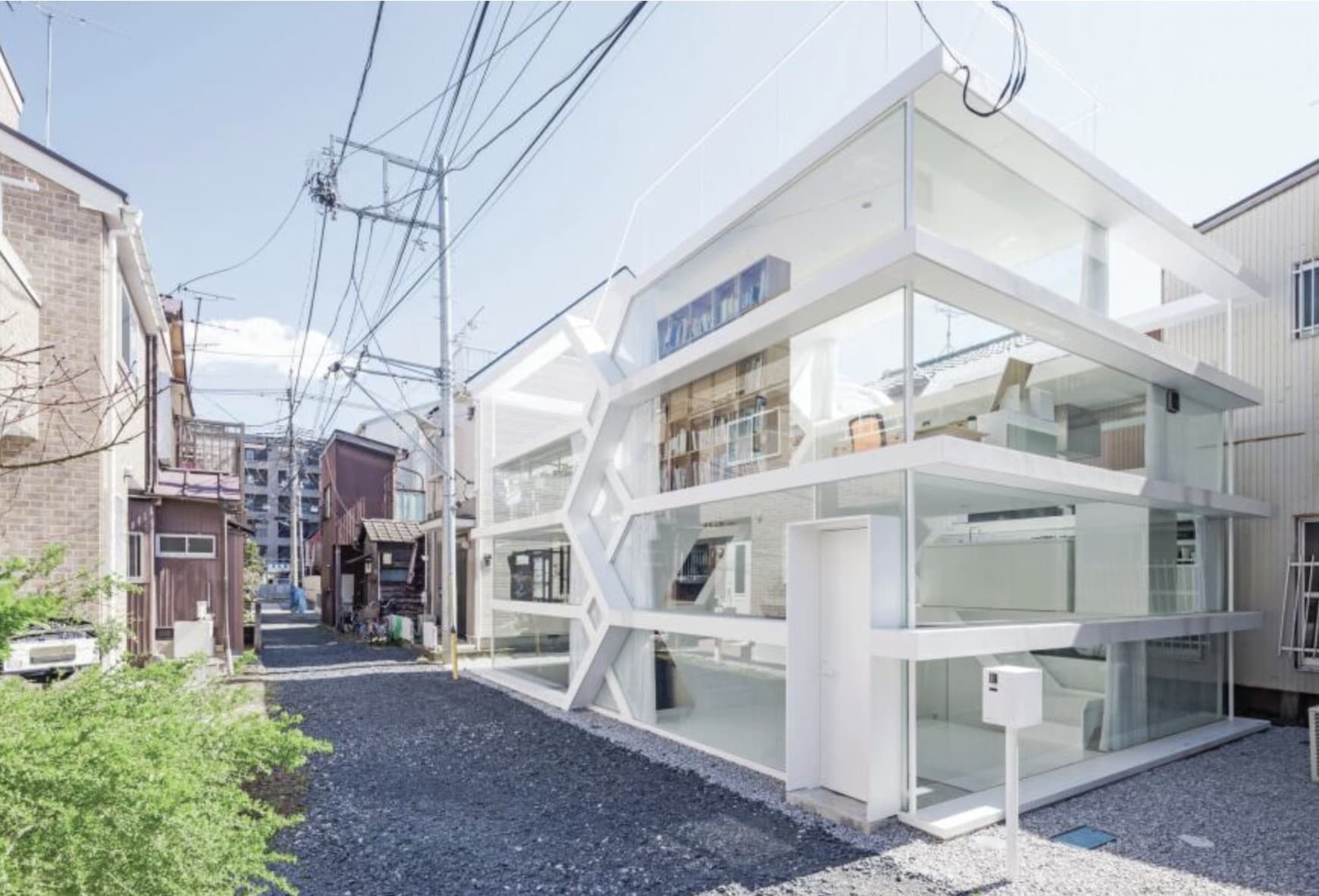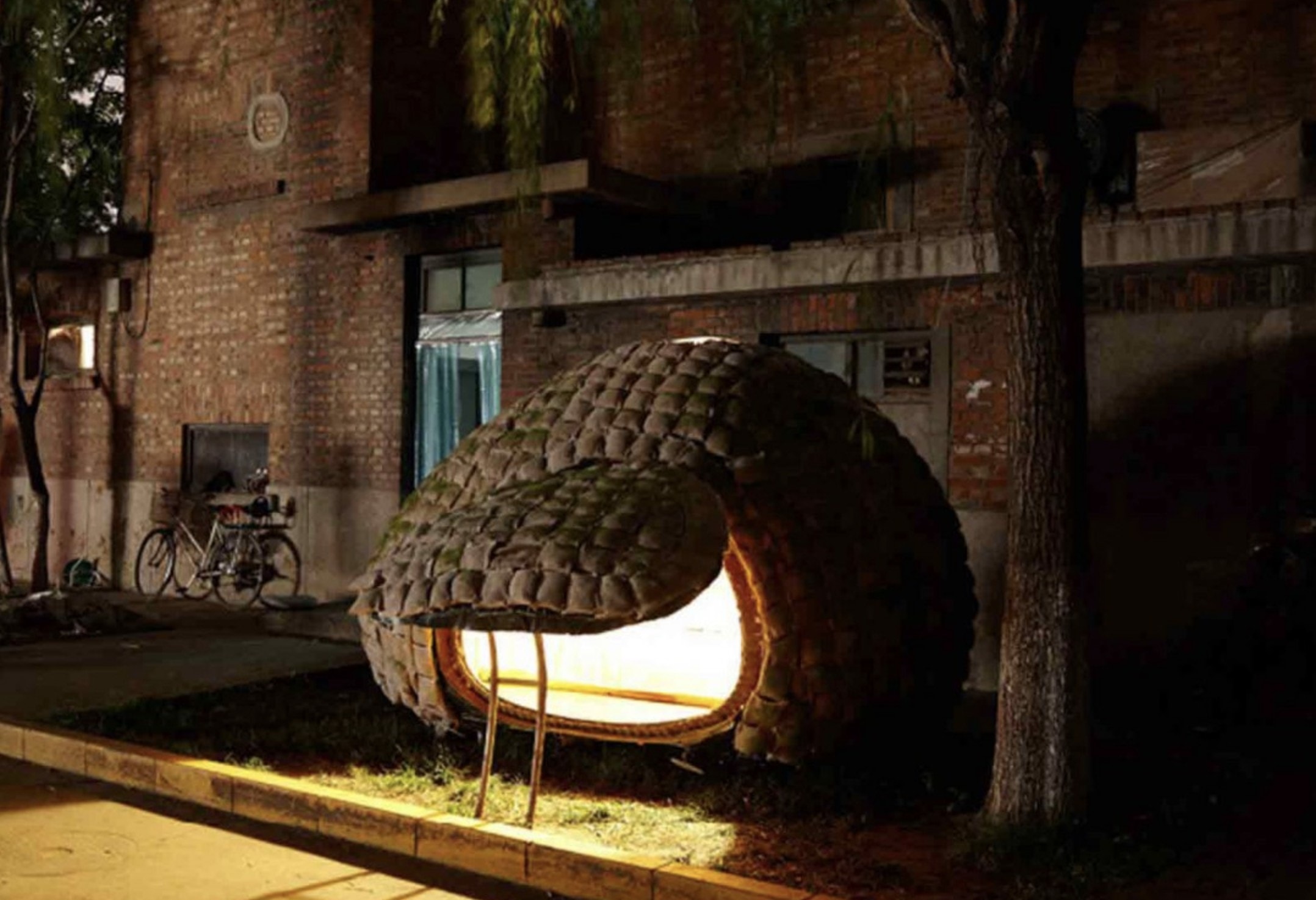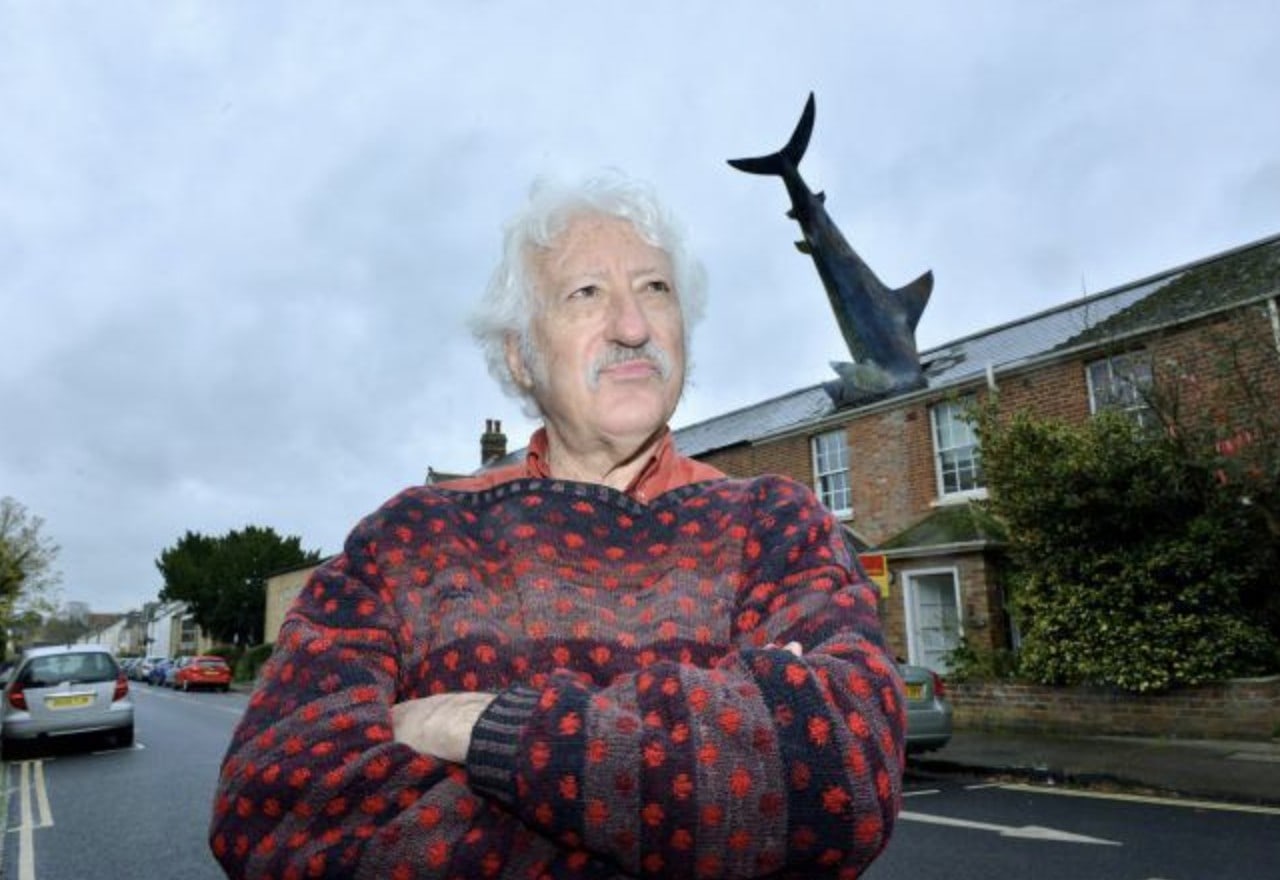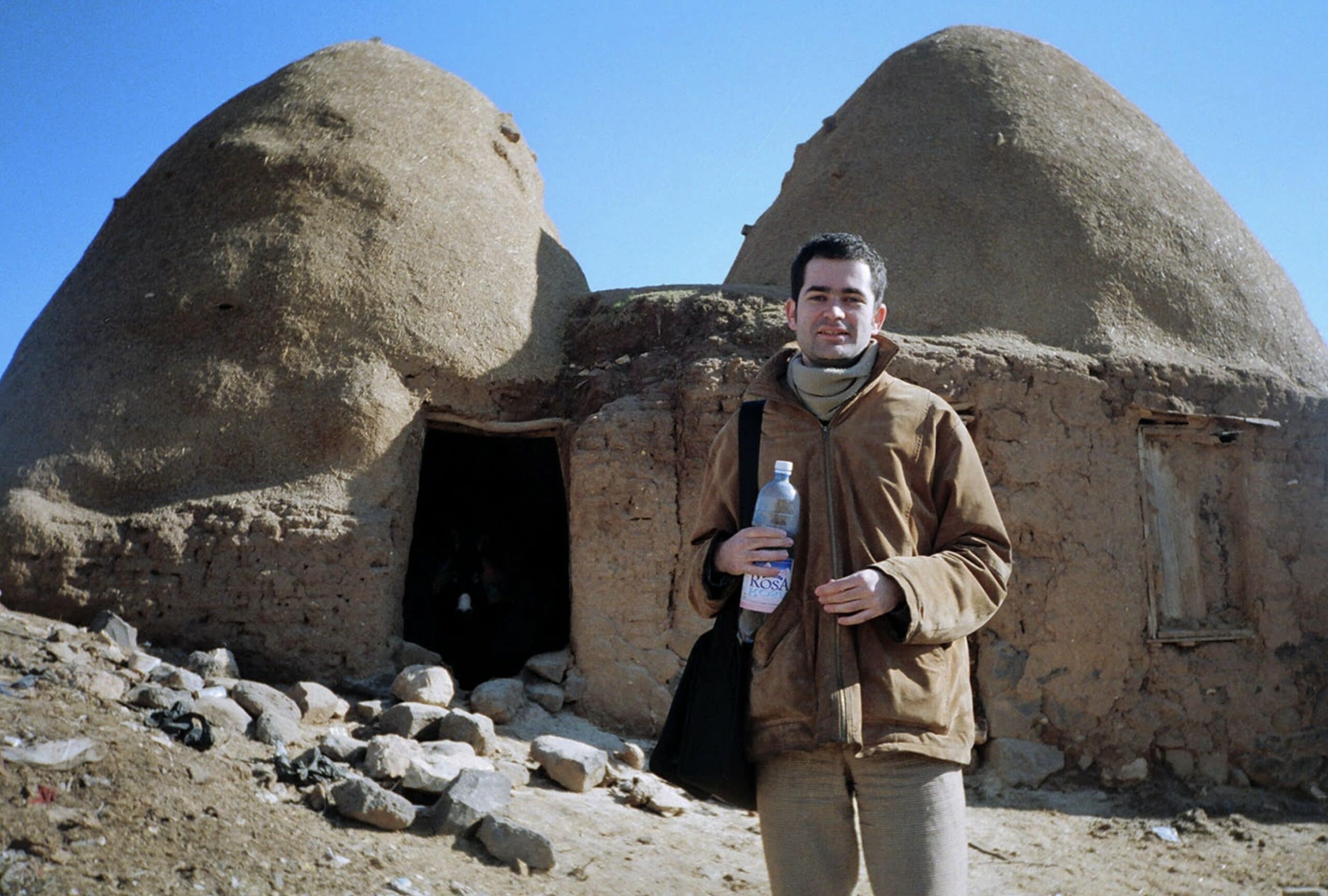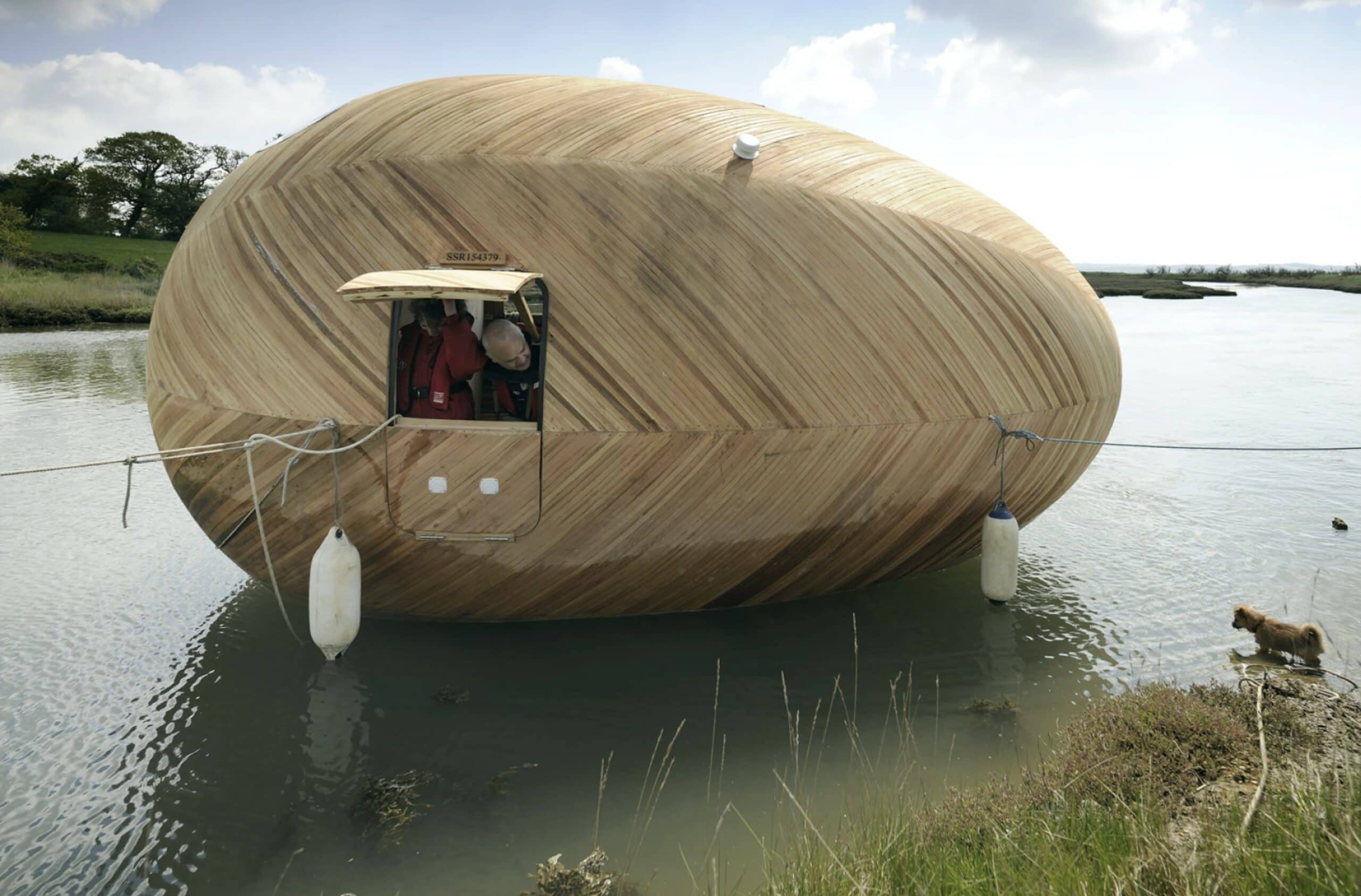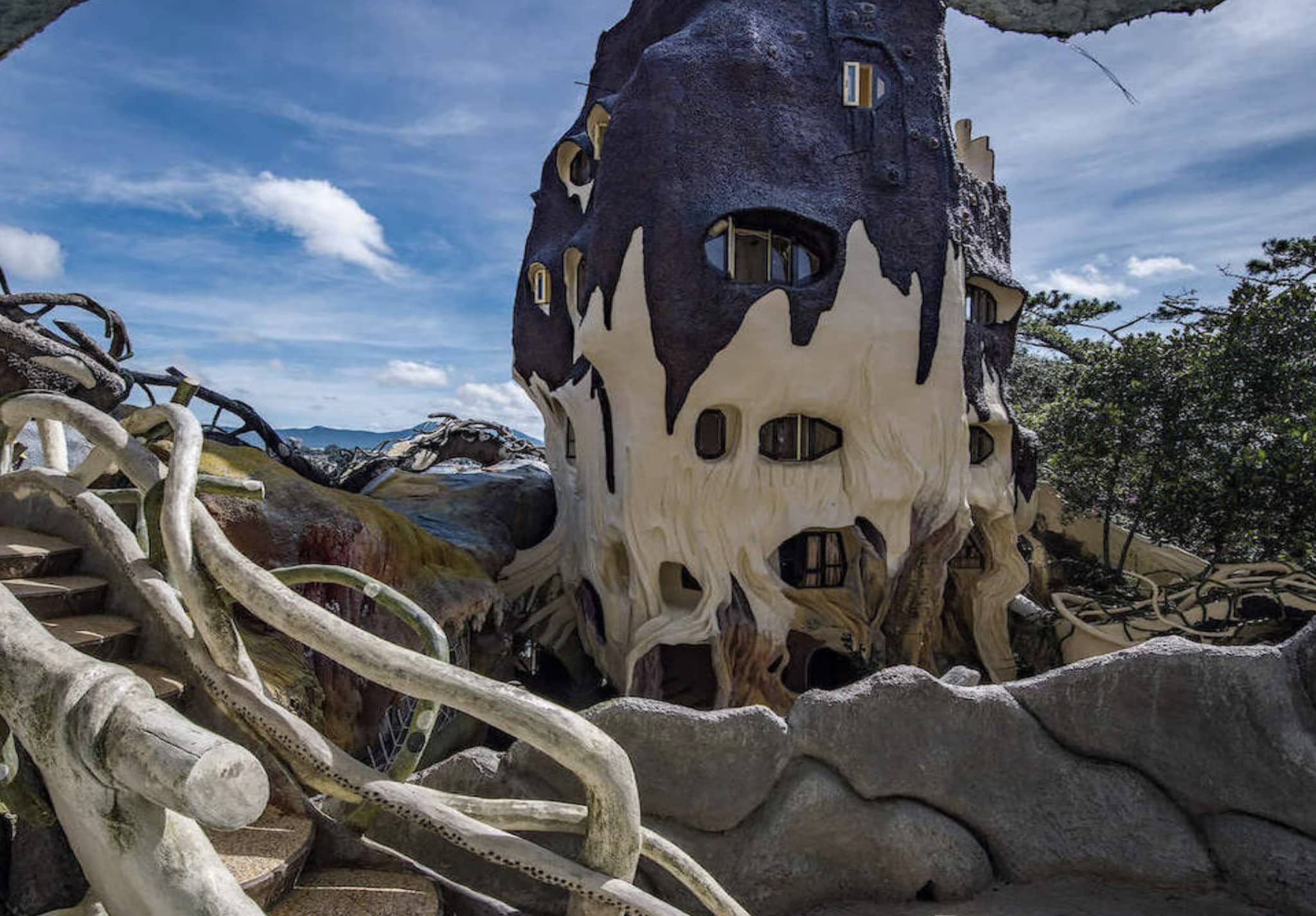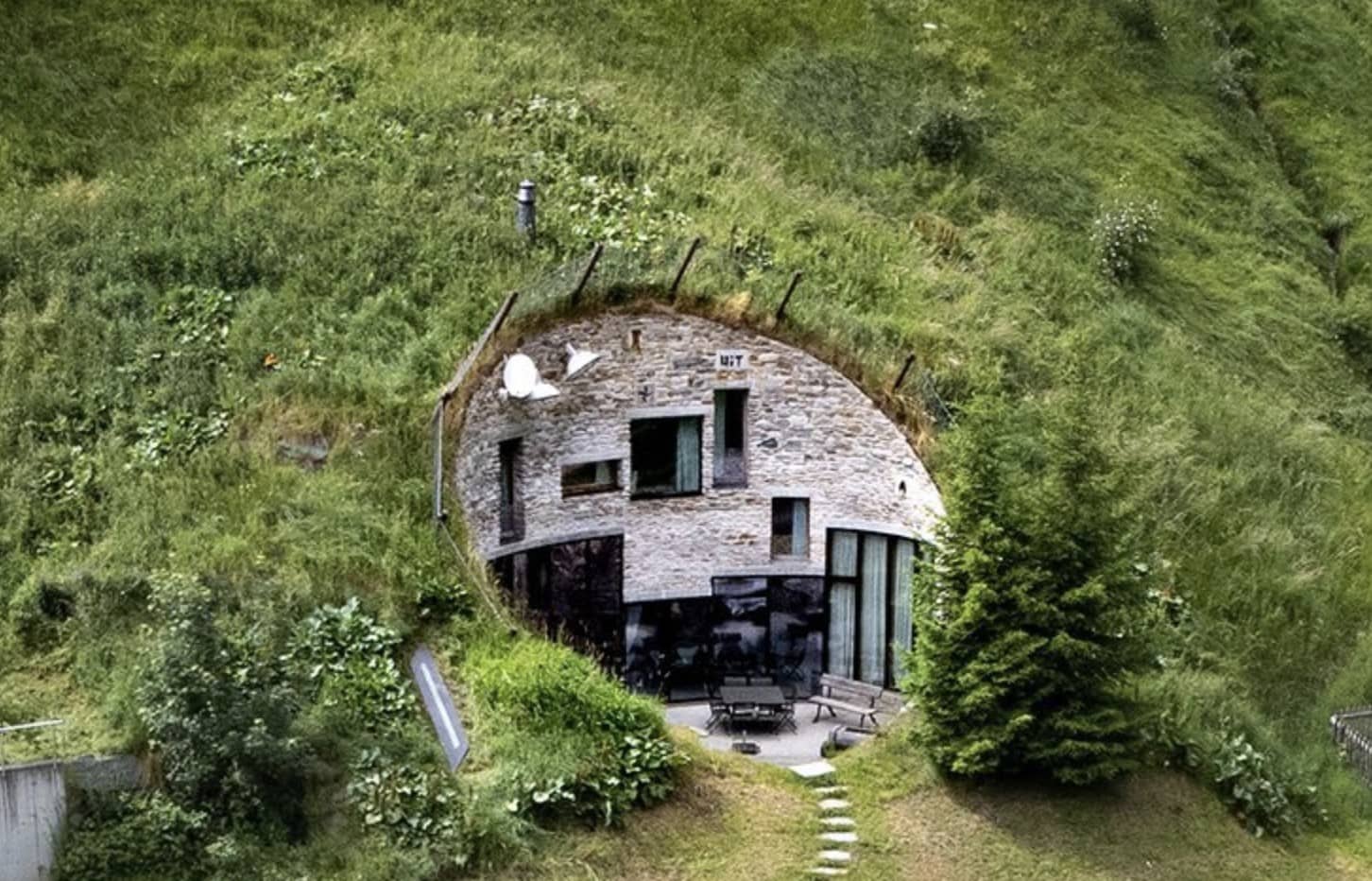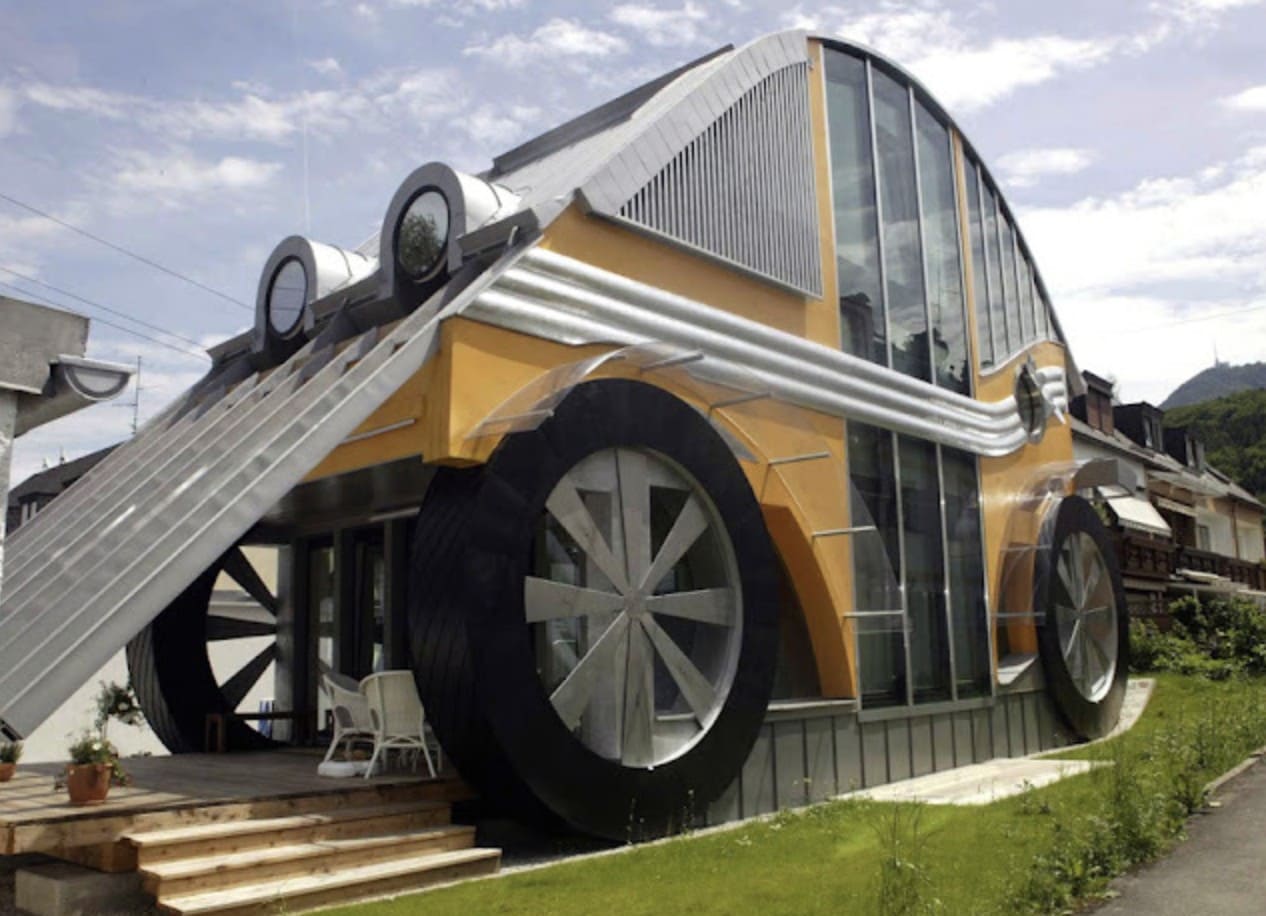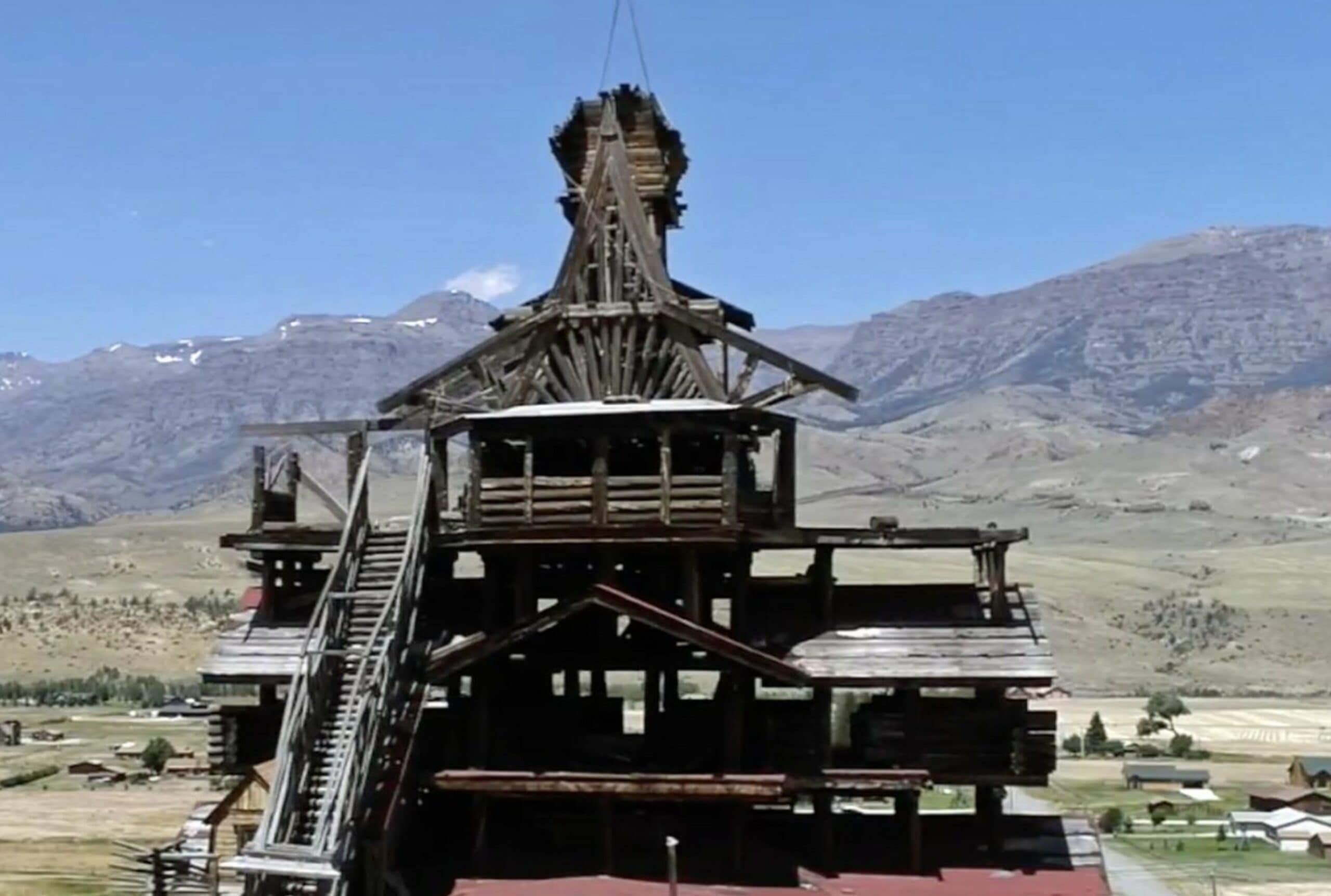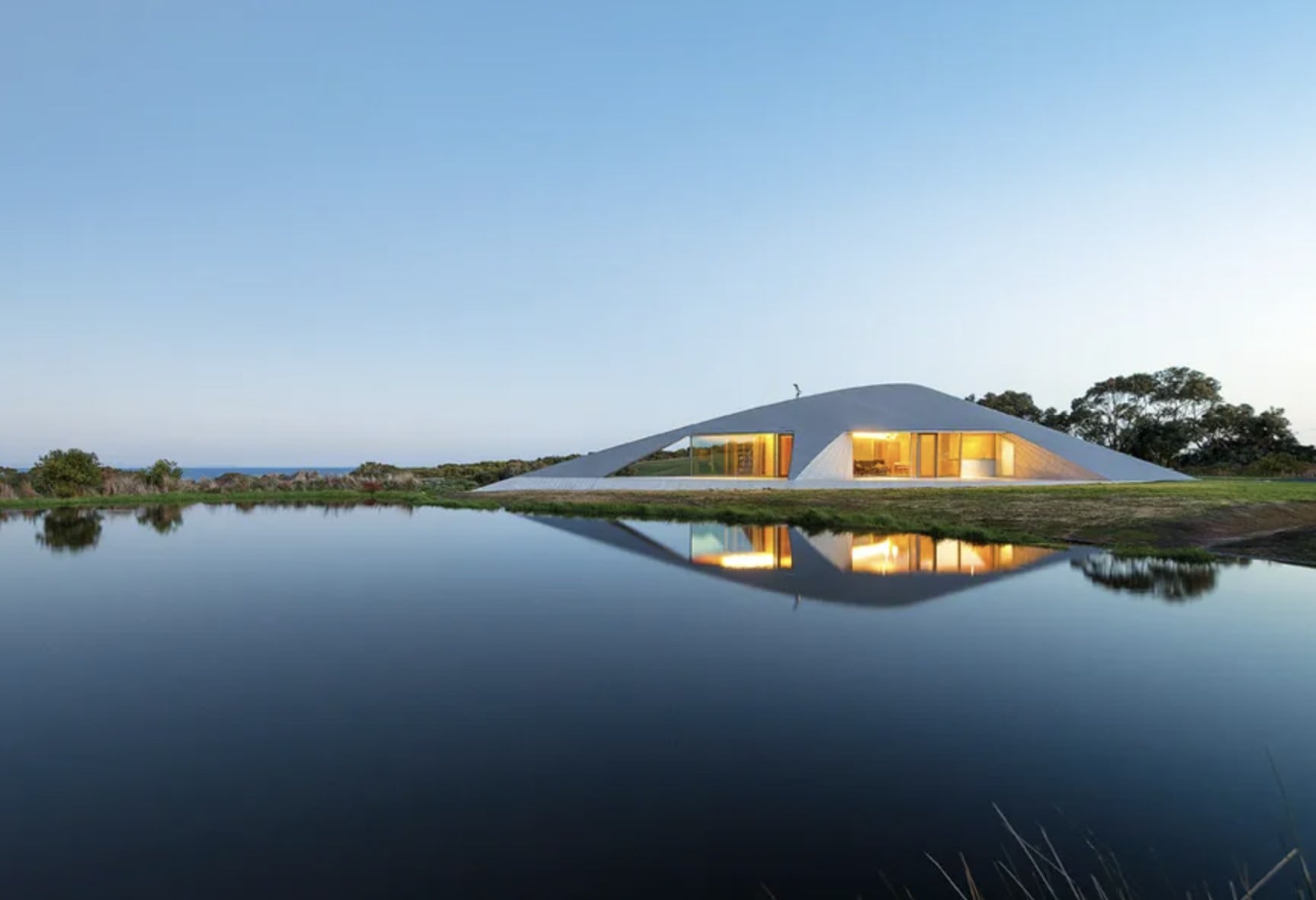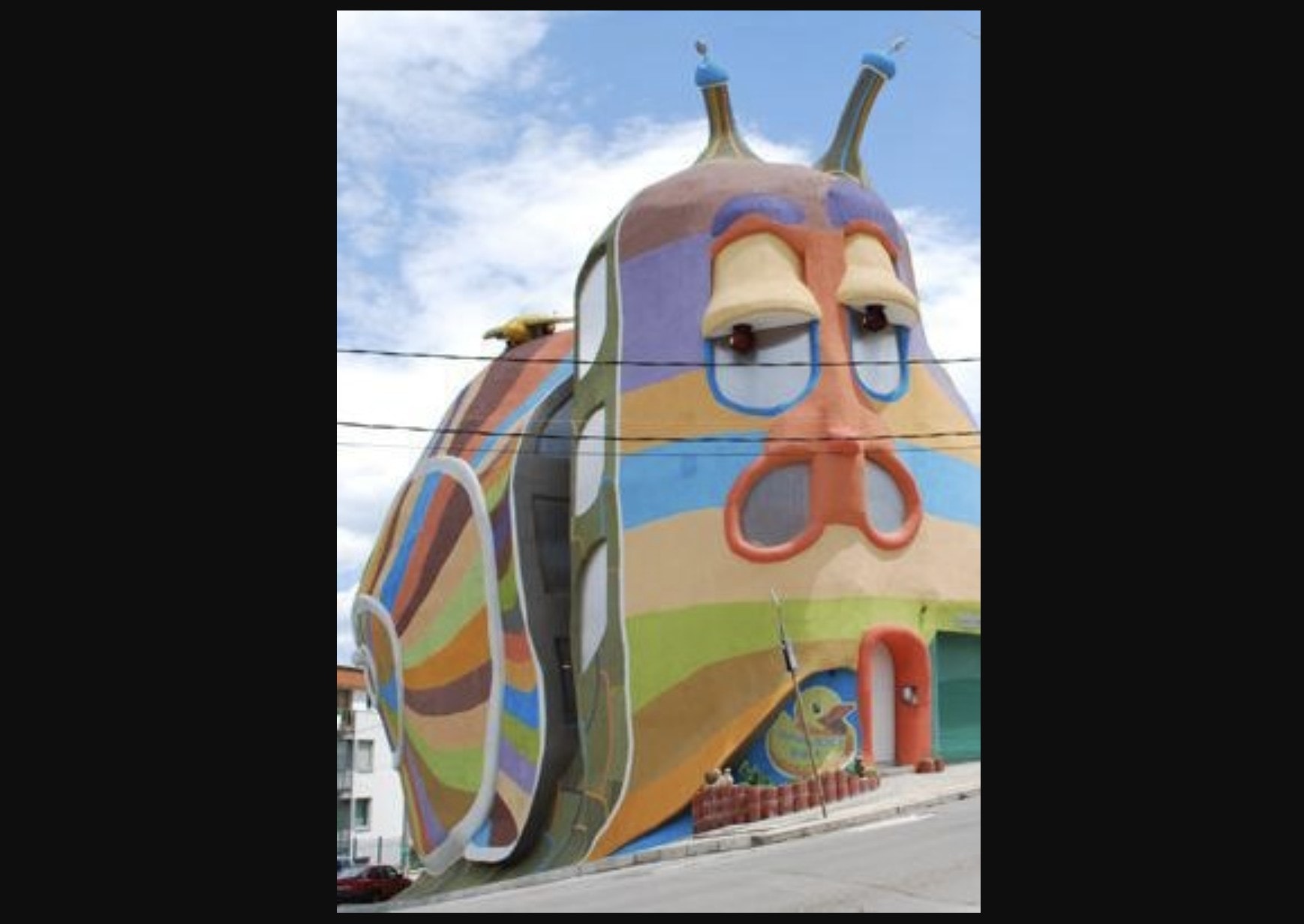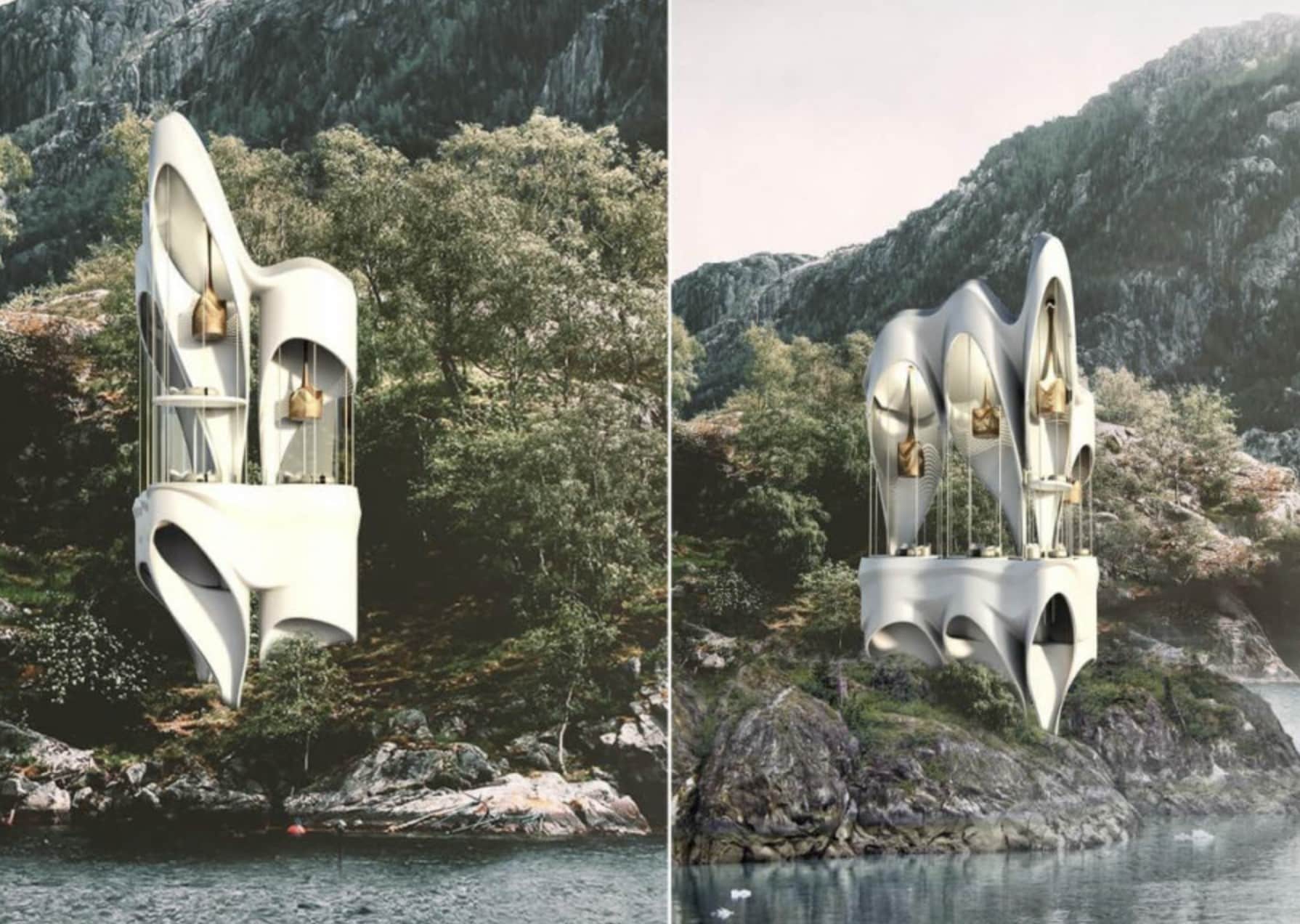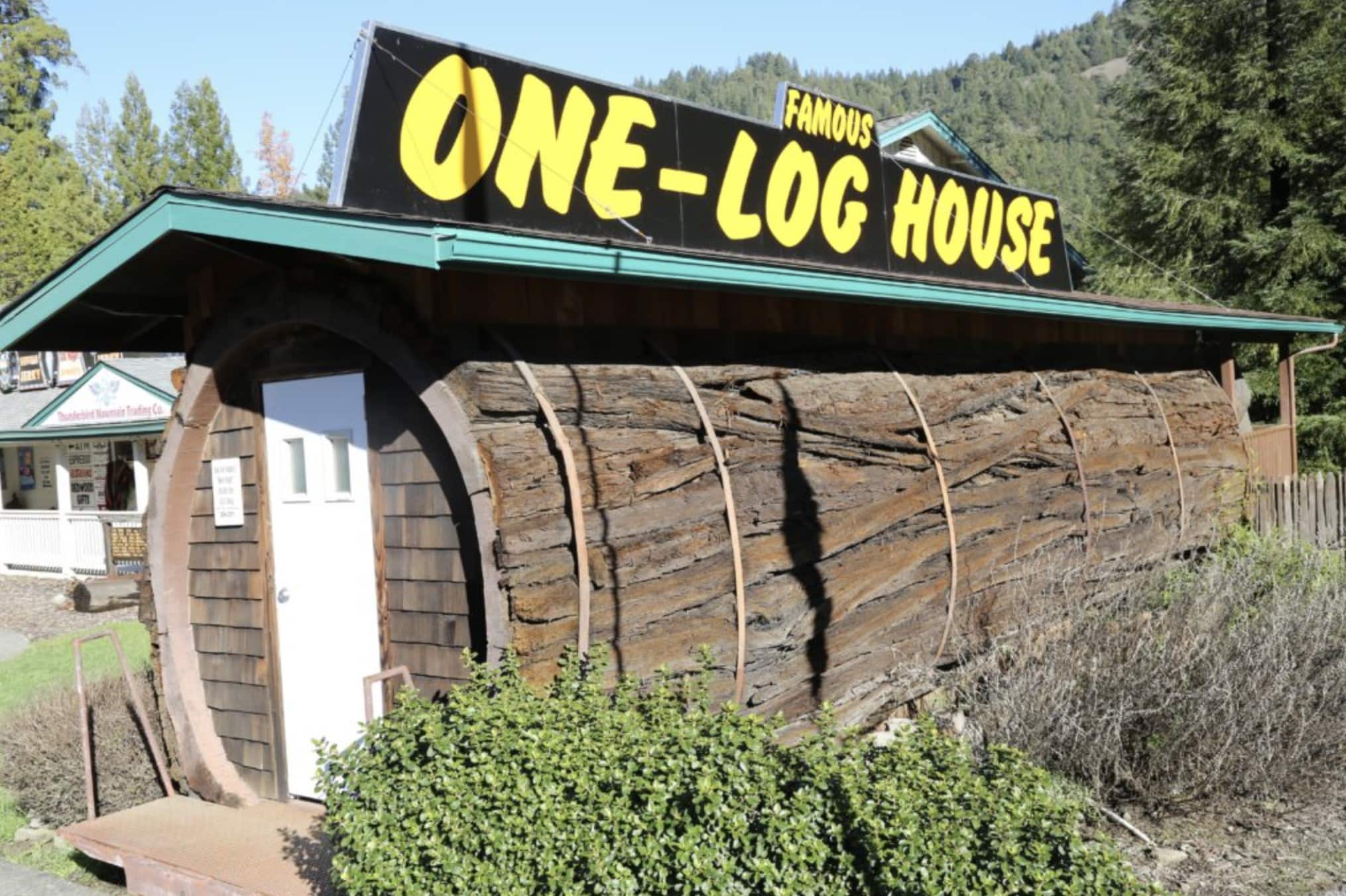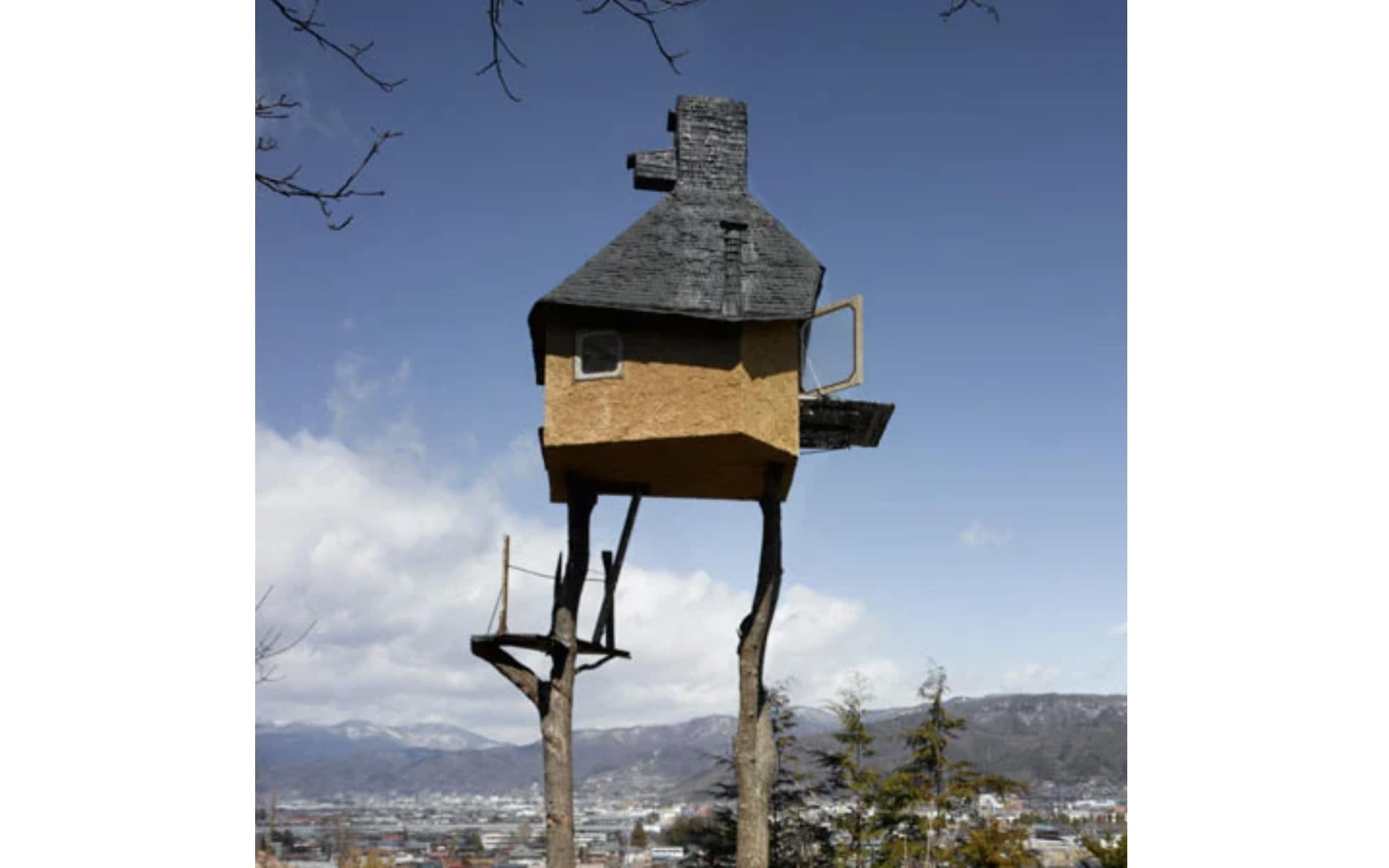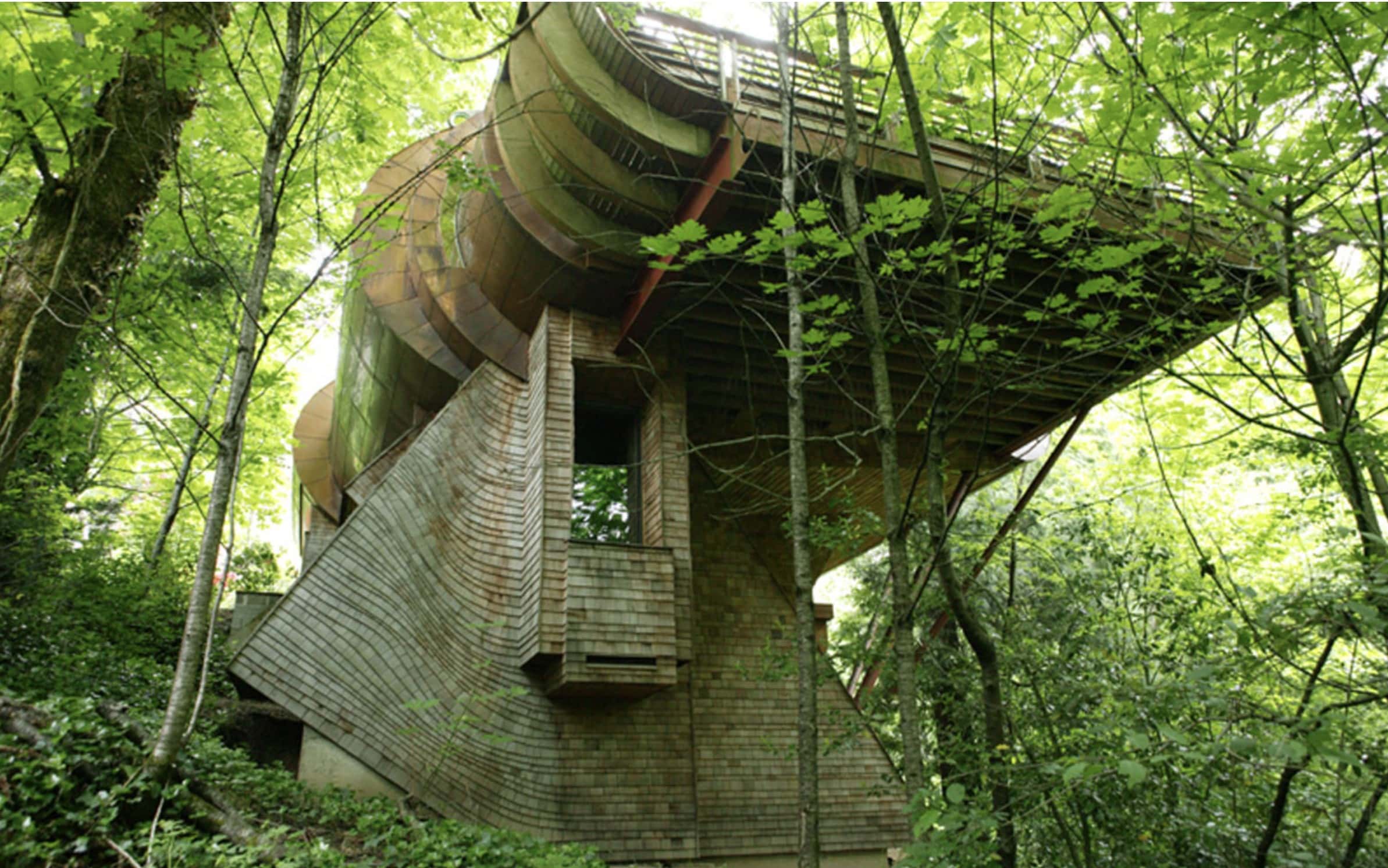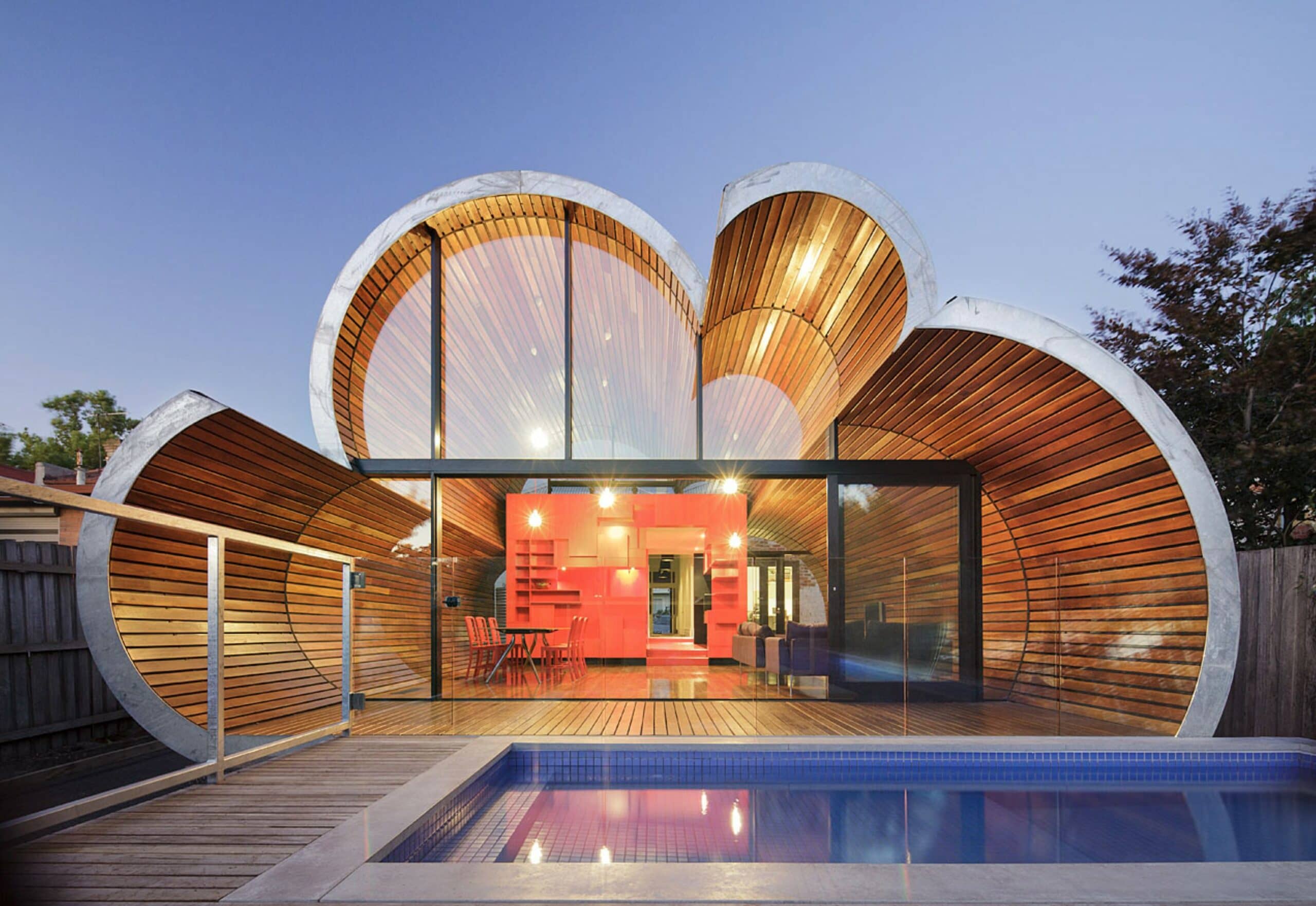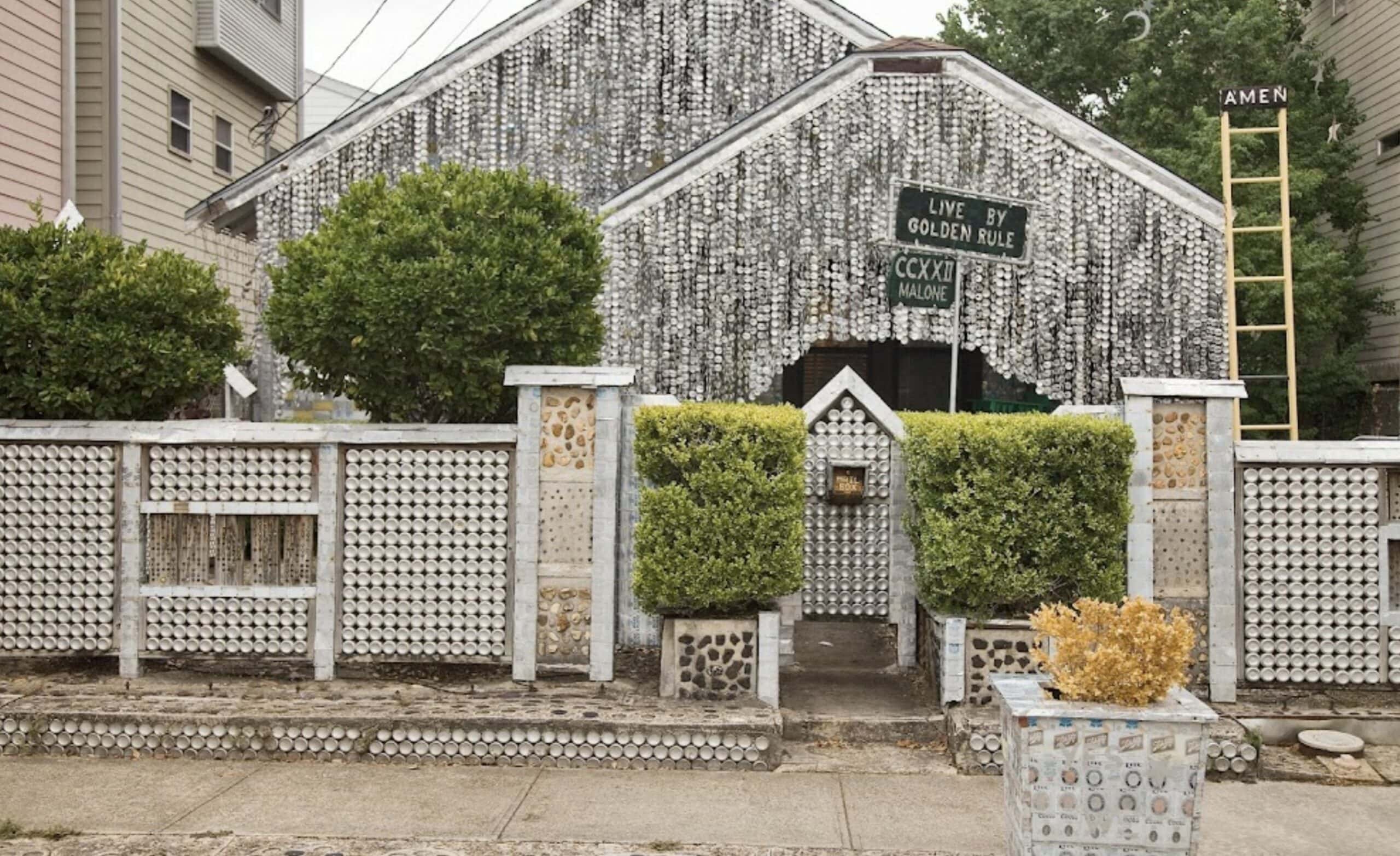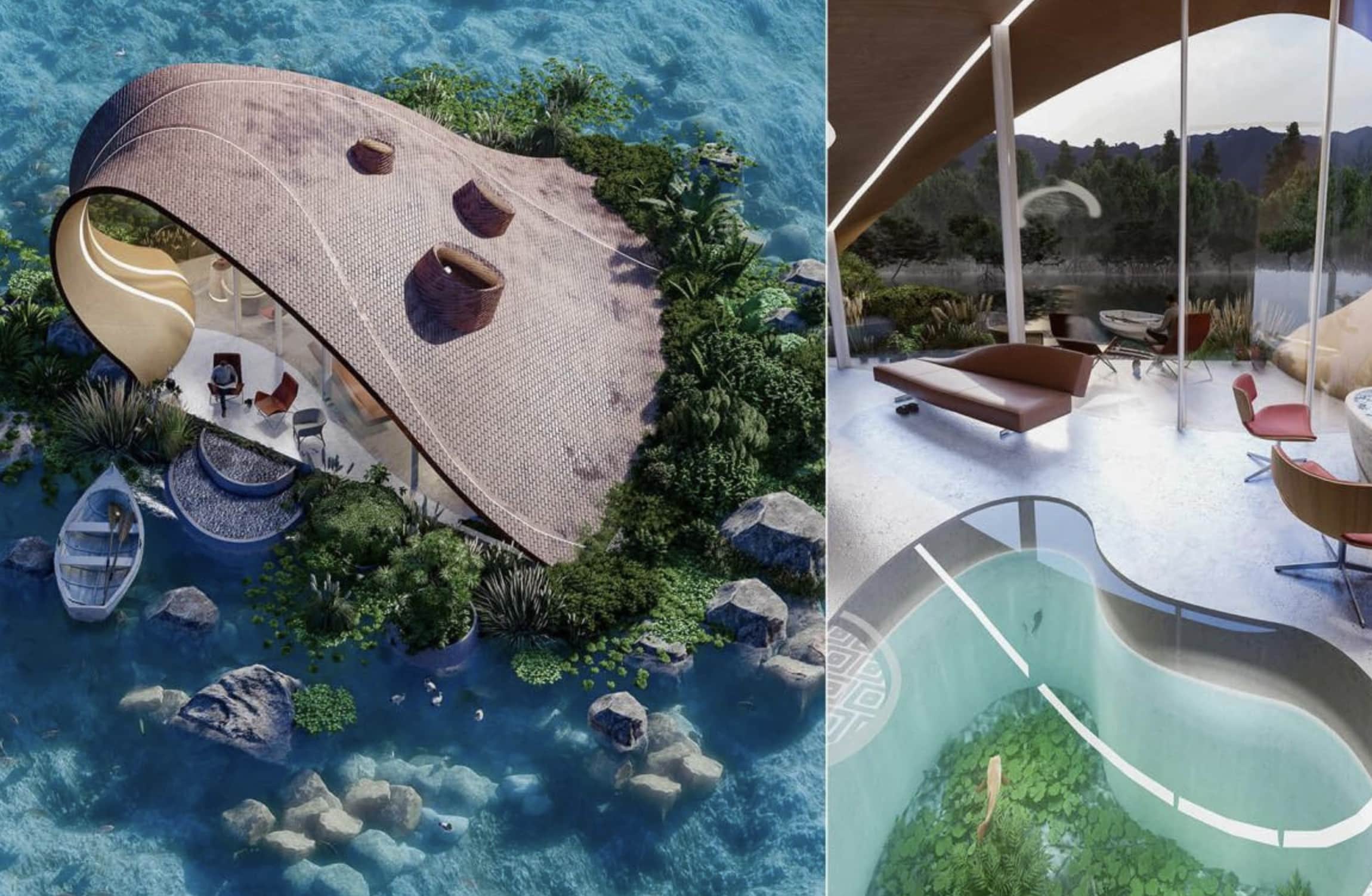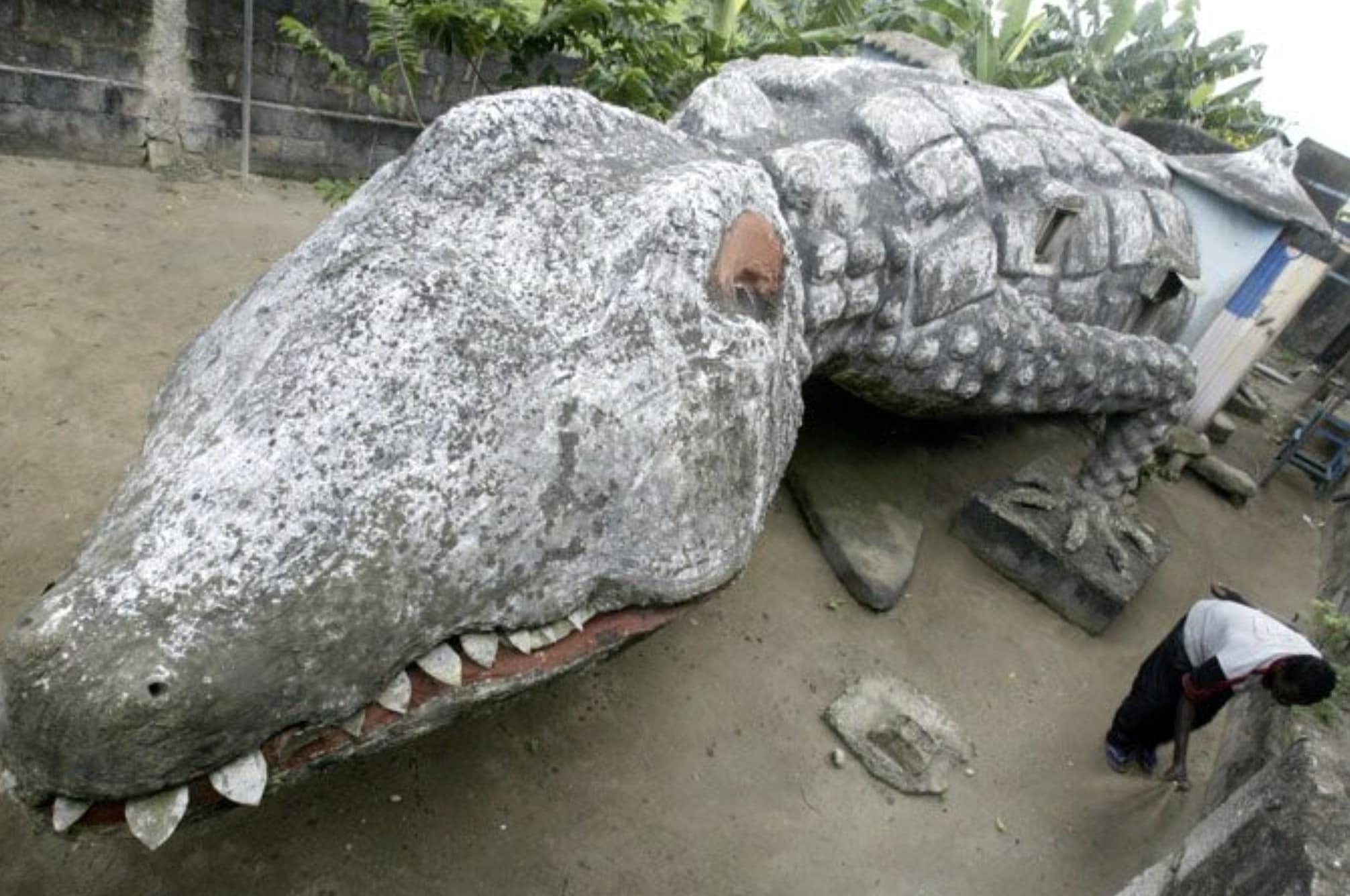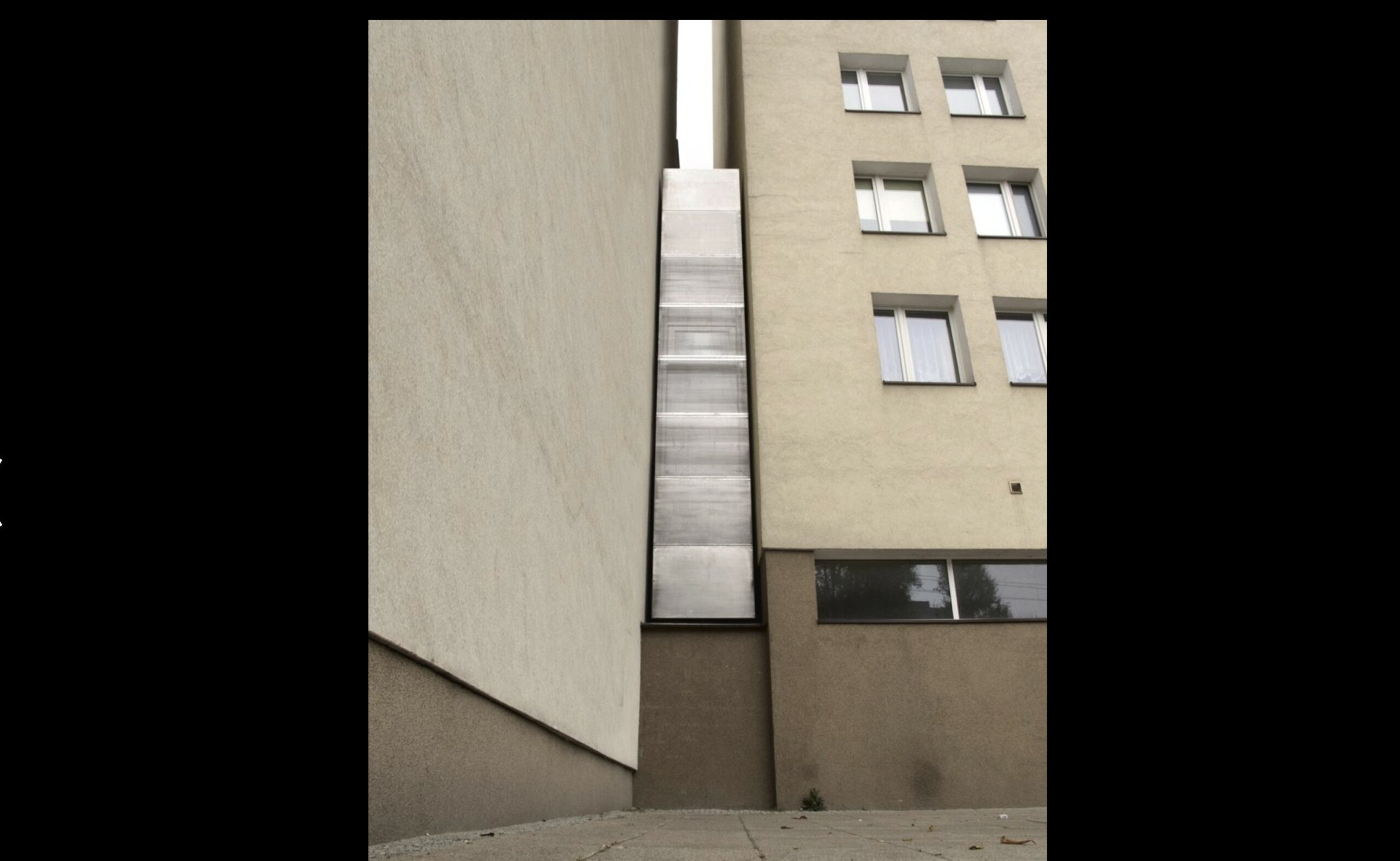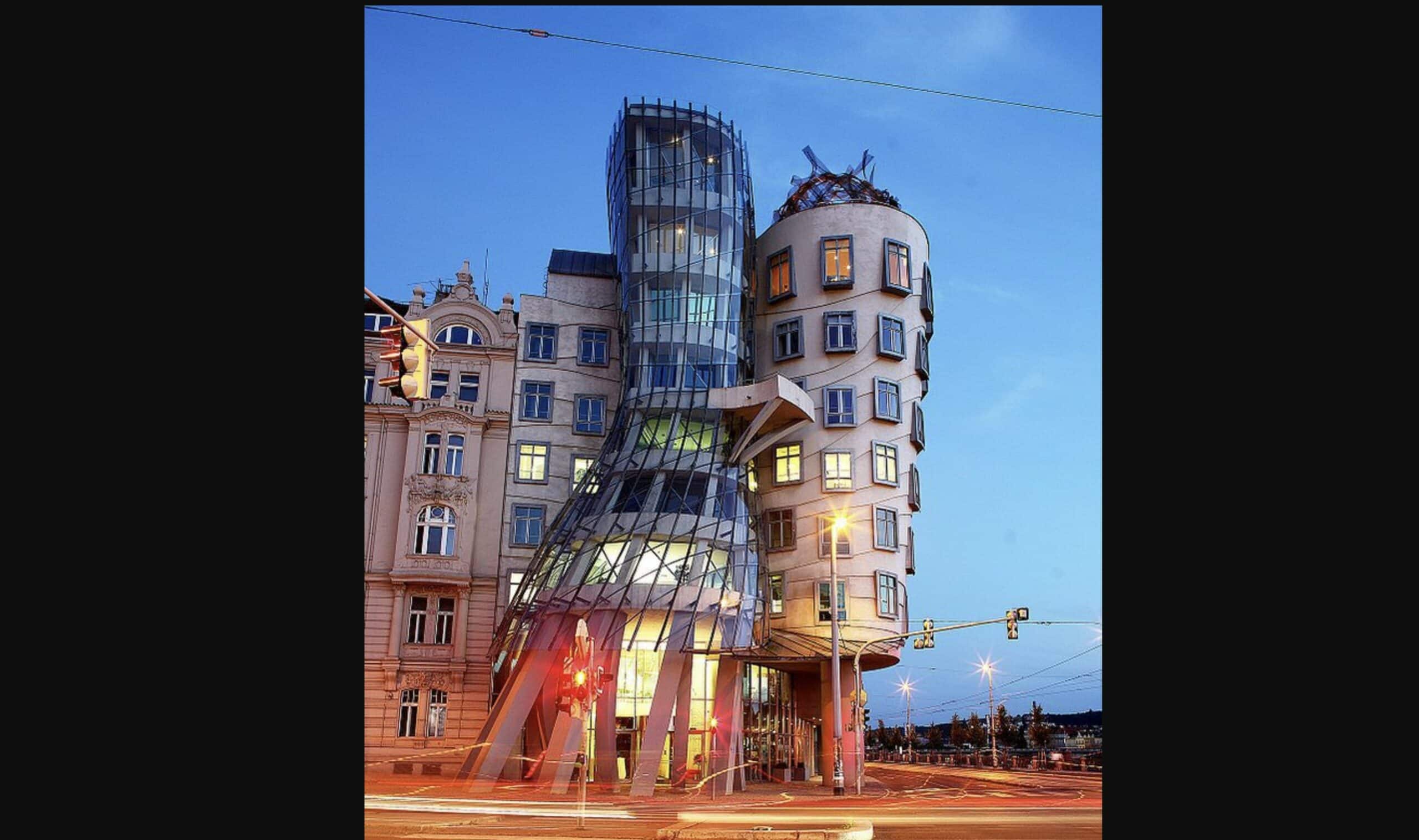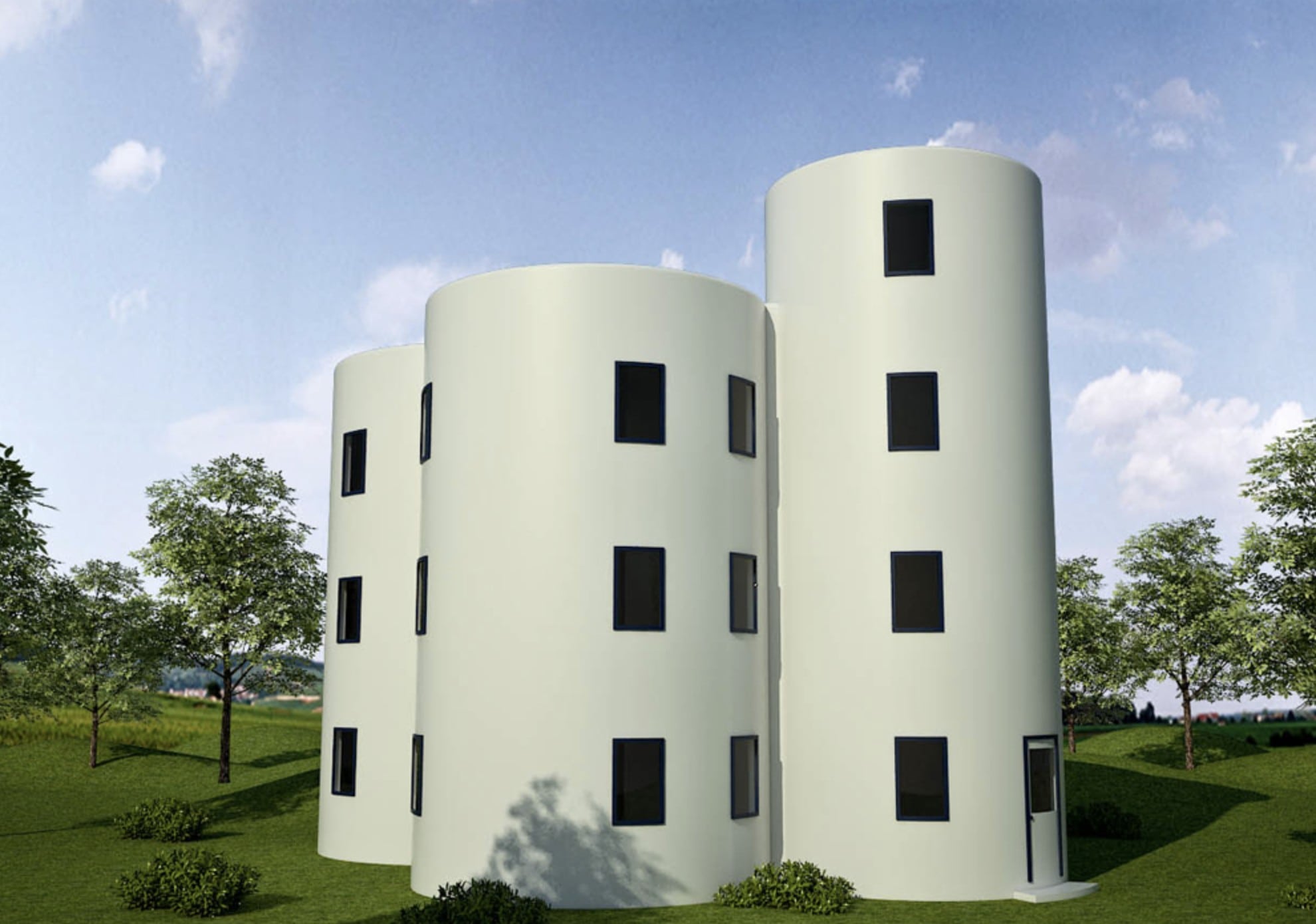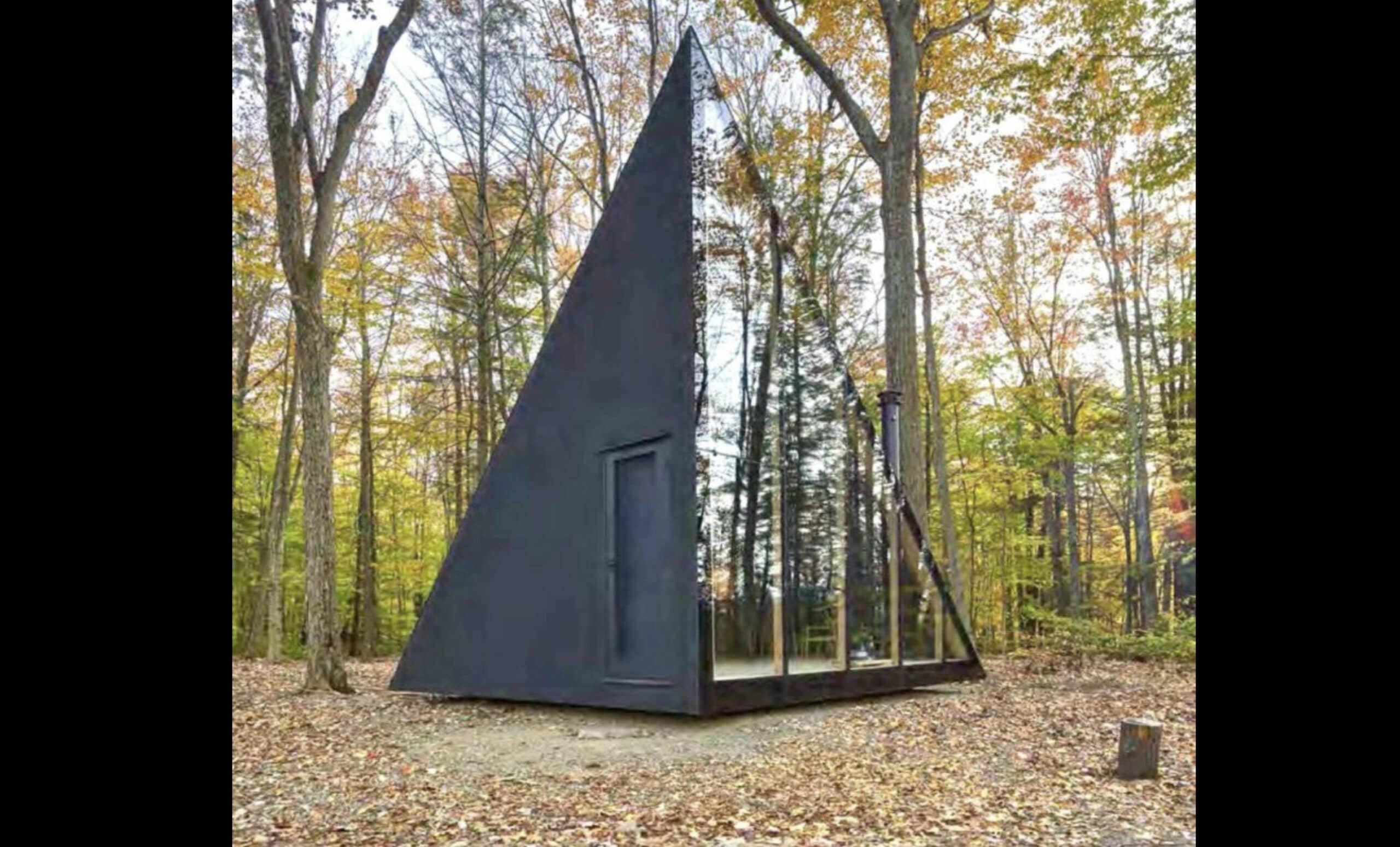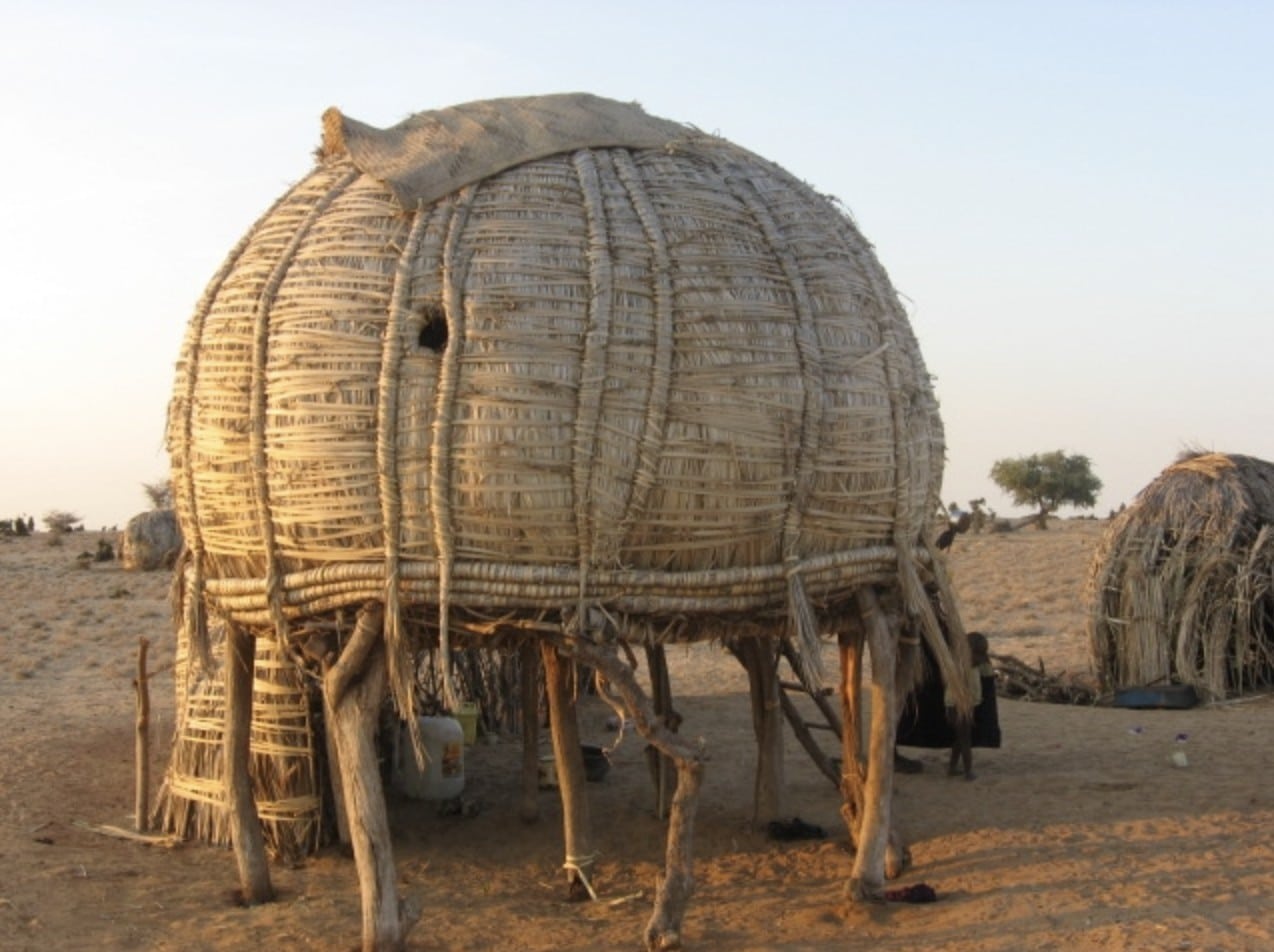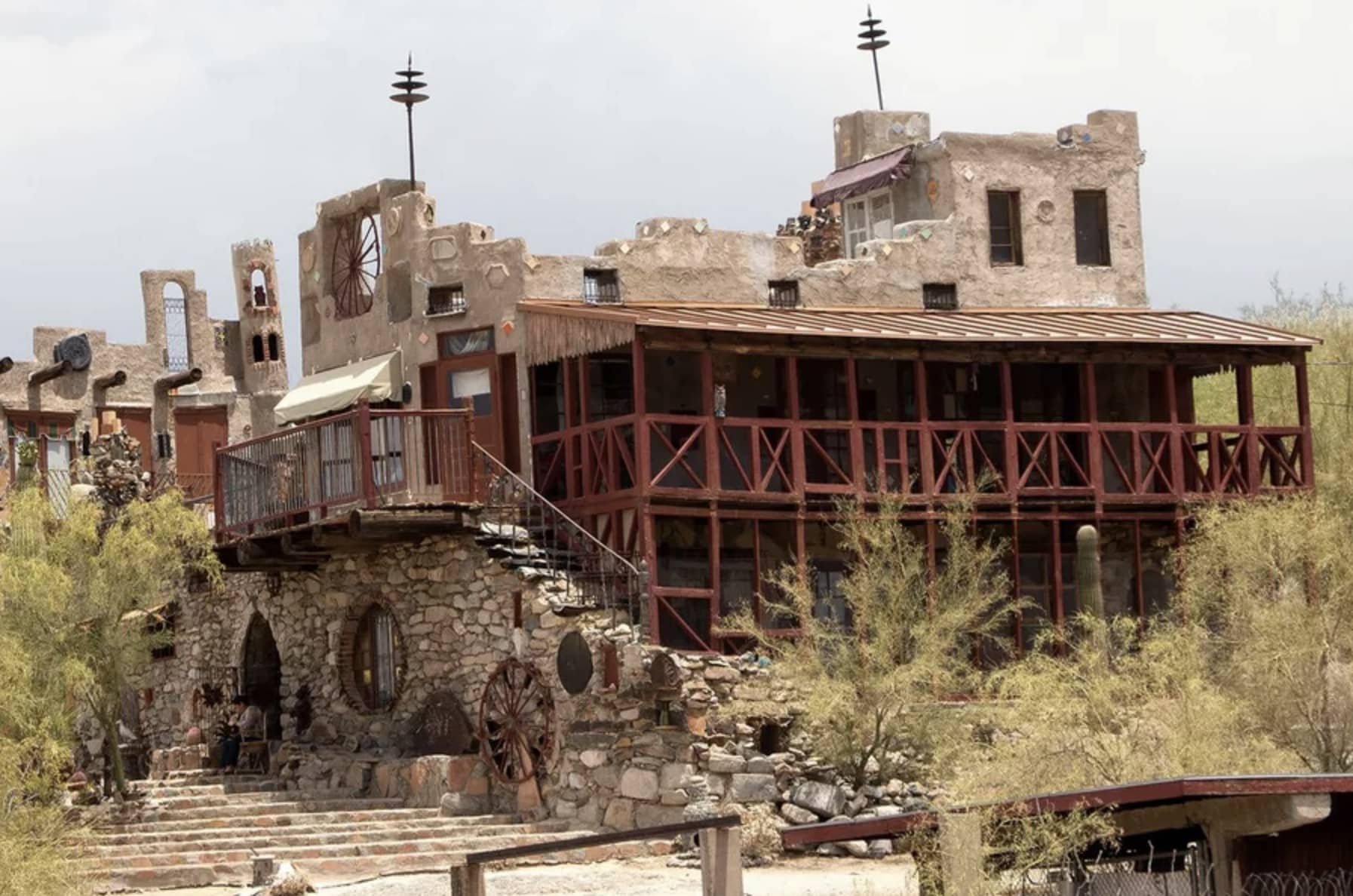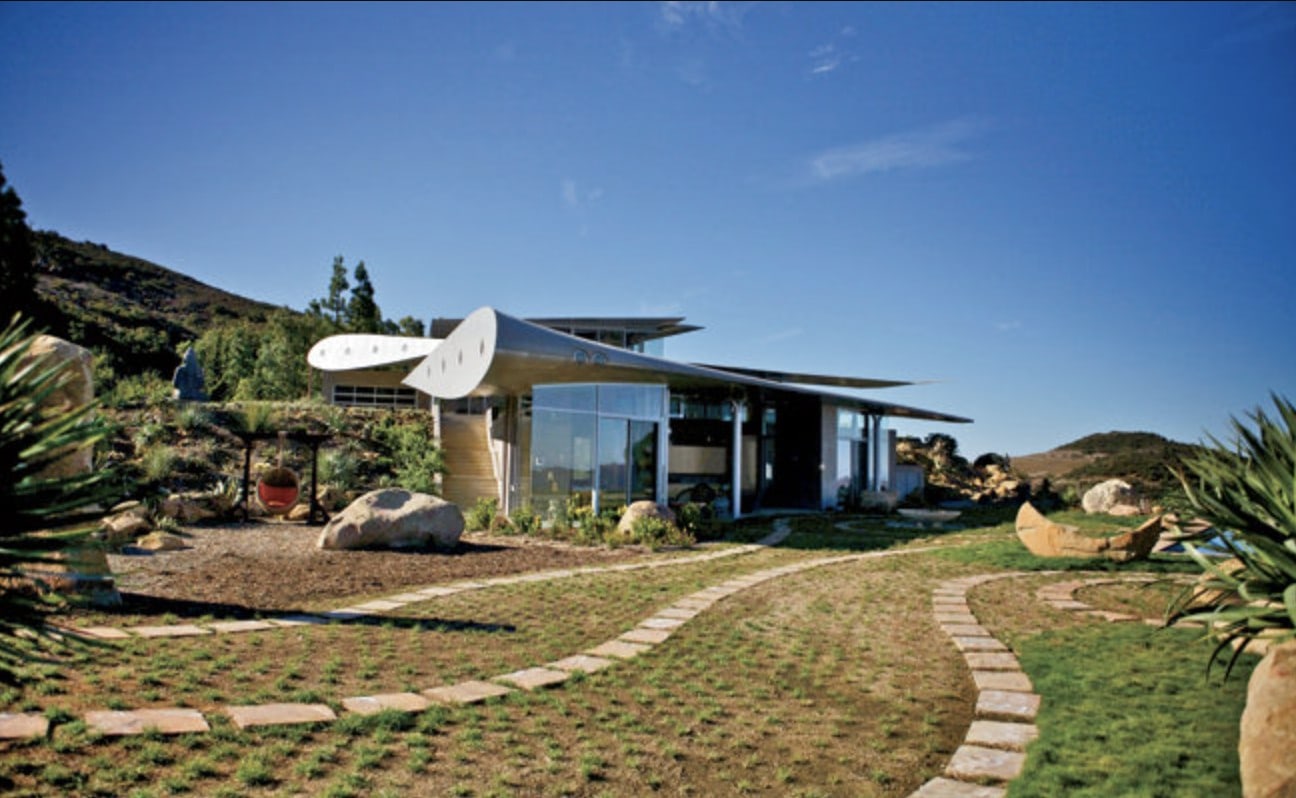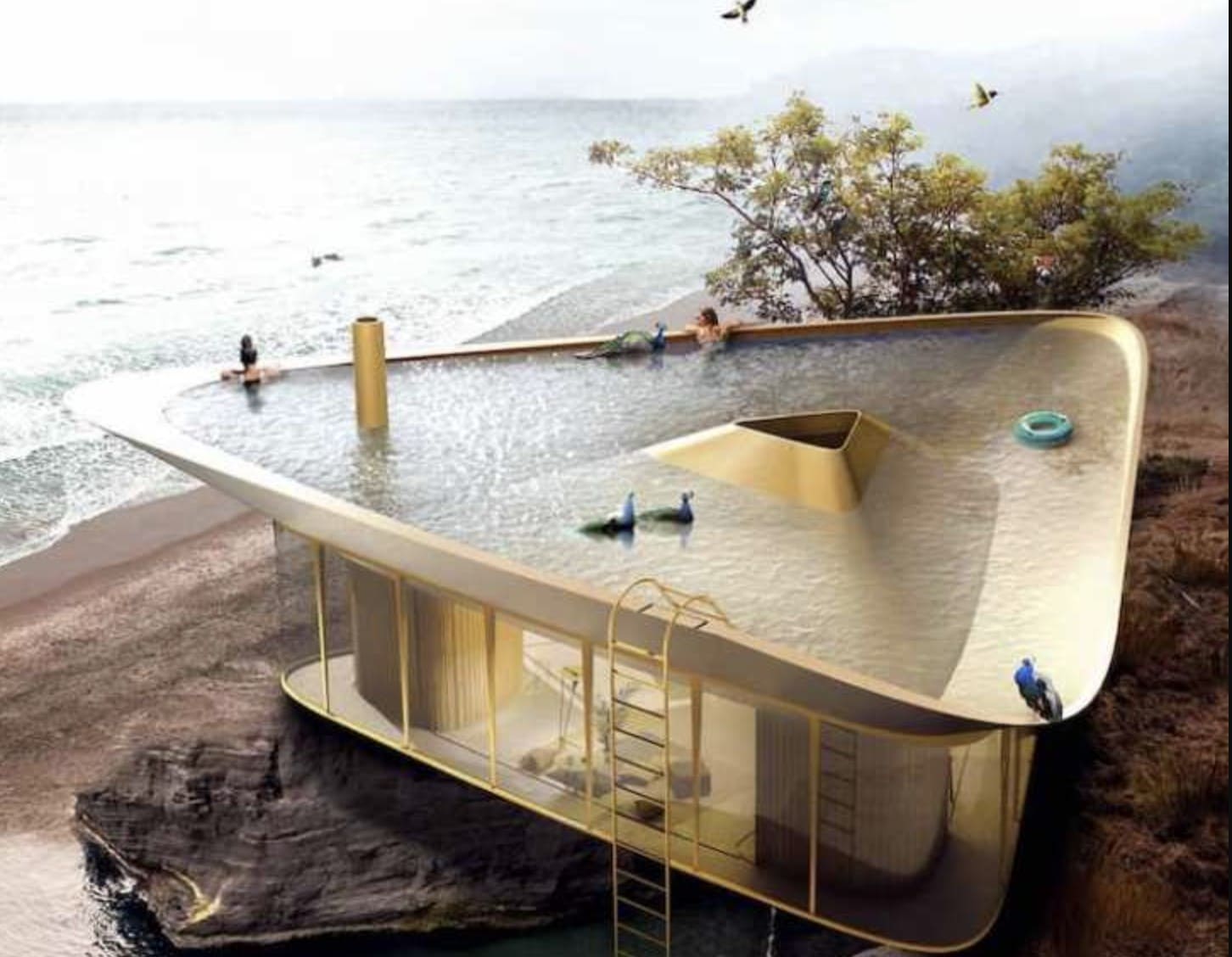If you love looking at articles online about home design, you’ve probably seen thousands of conventional homes. But there are some truly strange homes out there that will shock and amaze you. Here are some of the weirdest places to live from around the world.
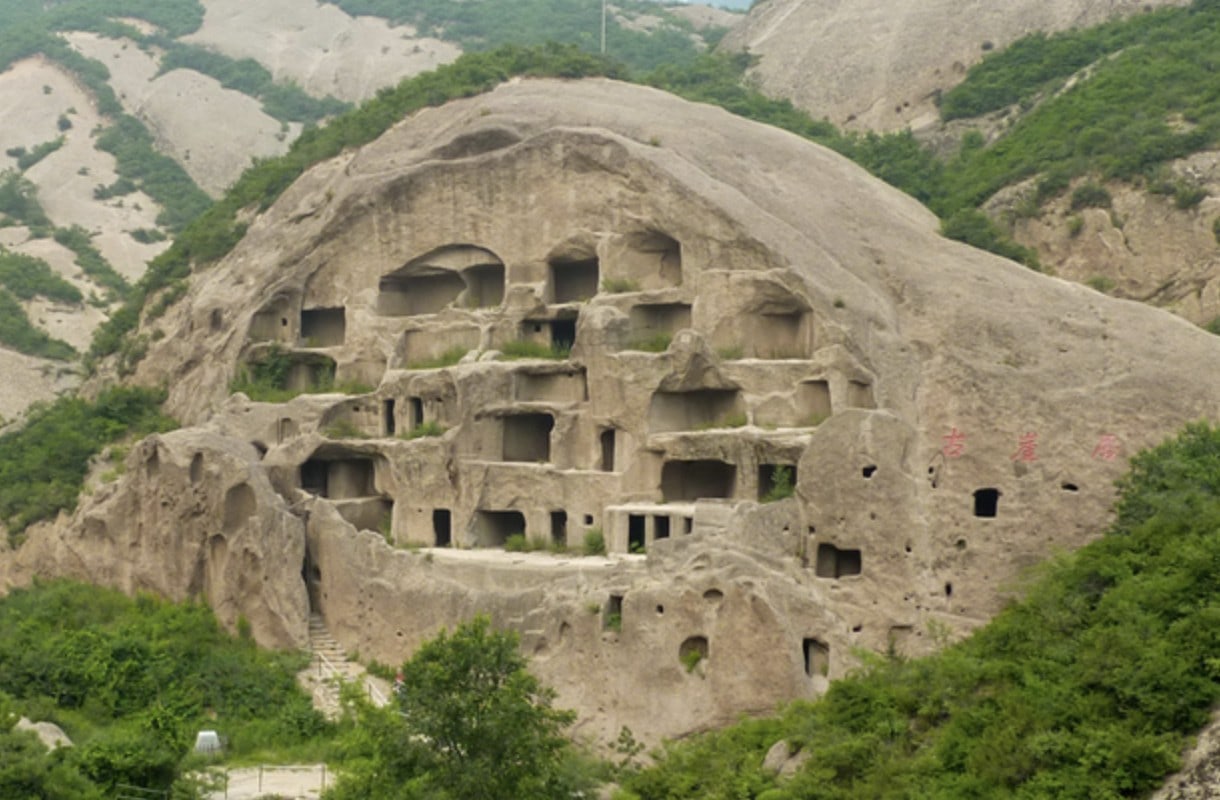
40. The Caves of Guyaju, China
Our first look into the world of unusual homes are the Caves of Guyaju, in China. The word “Guyaju” means “ancient cliff dwelling” These are located around 90 km from Beijing, China. During the Tang Dynasty 618-907 AD, the Ziyi people called these caves home. There are over 100 cave homes carved into the hill, so it was a very active community. Some of these homes had stylish stone pillars inside, and they would have had a timber frame and thatch roof covering the cave entrance. There were two main village clusters, and both of them were supplied with fresh water from a natural spring. Some of these houses were even heated with a central heating system called “kang”, which was used in both China and Korea as far back as 5,000 BC.

